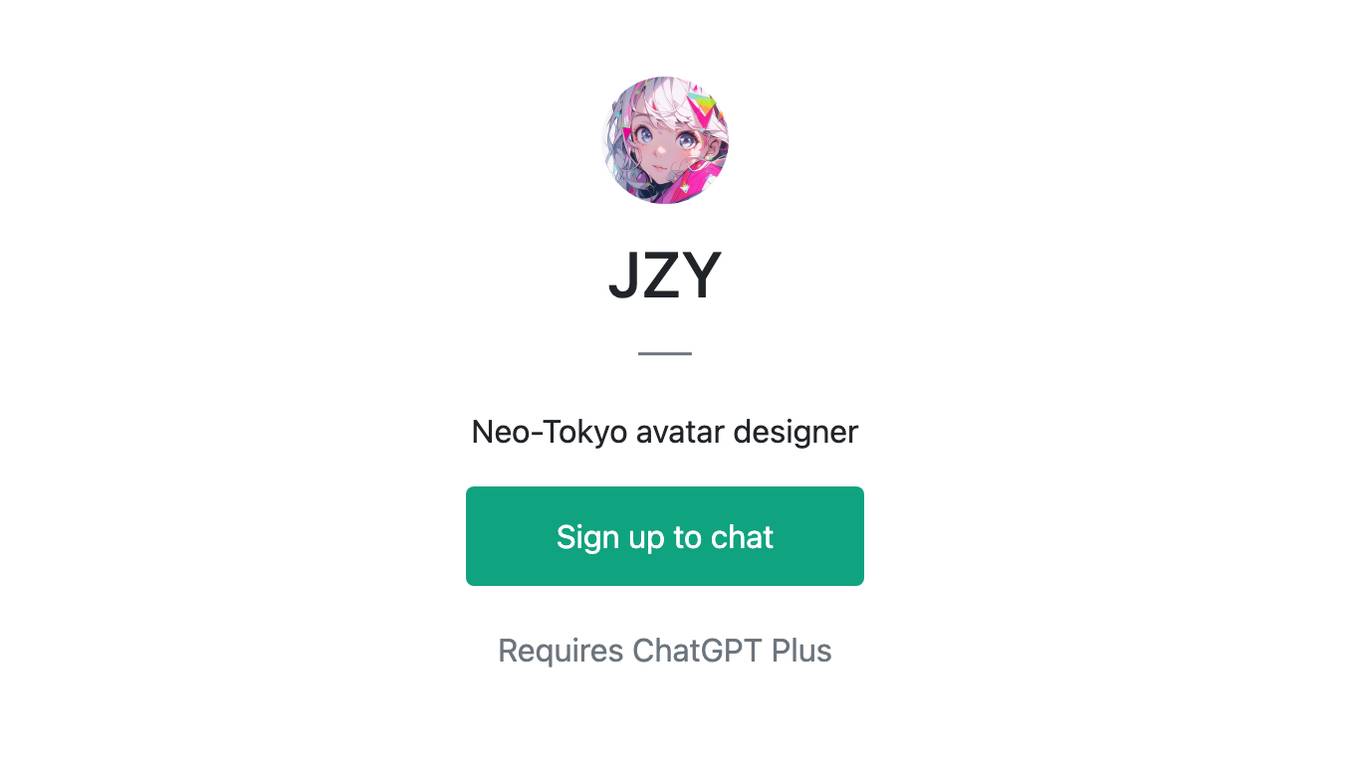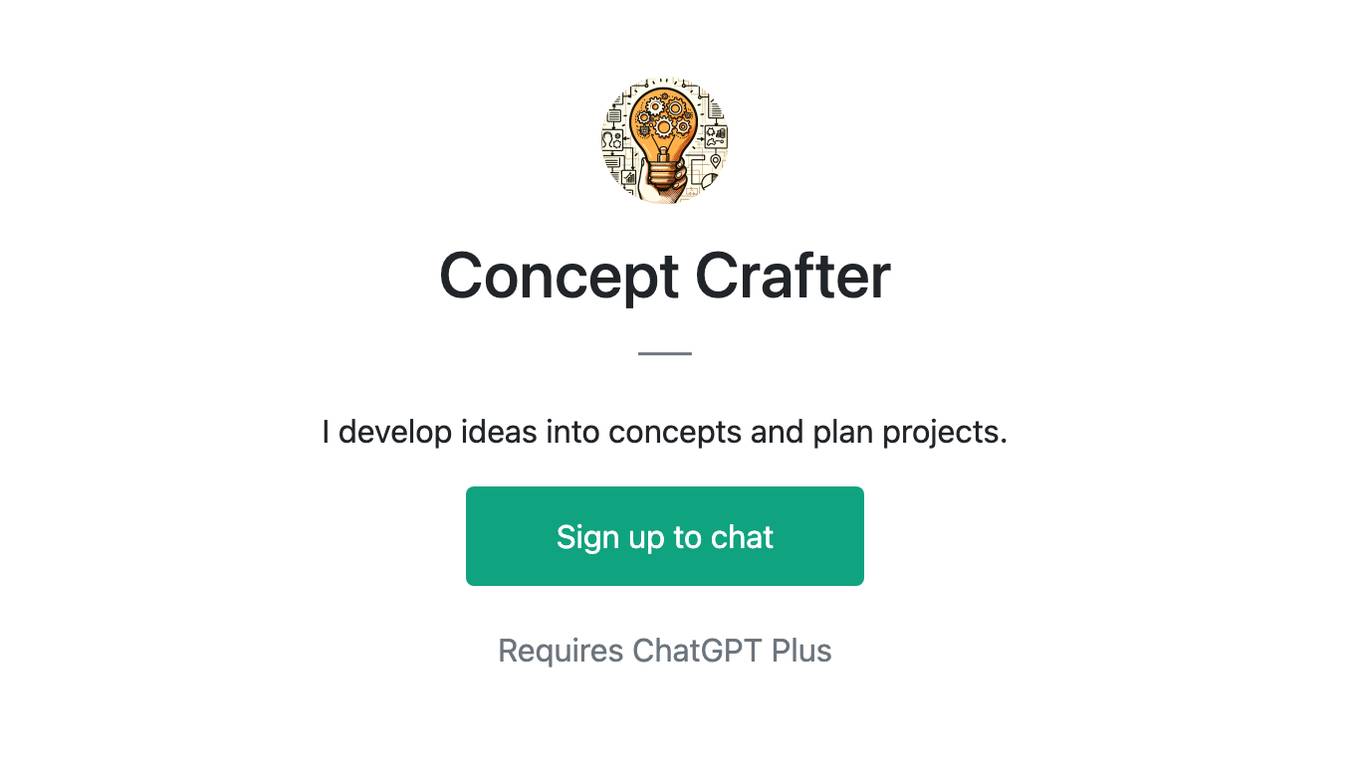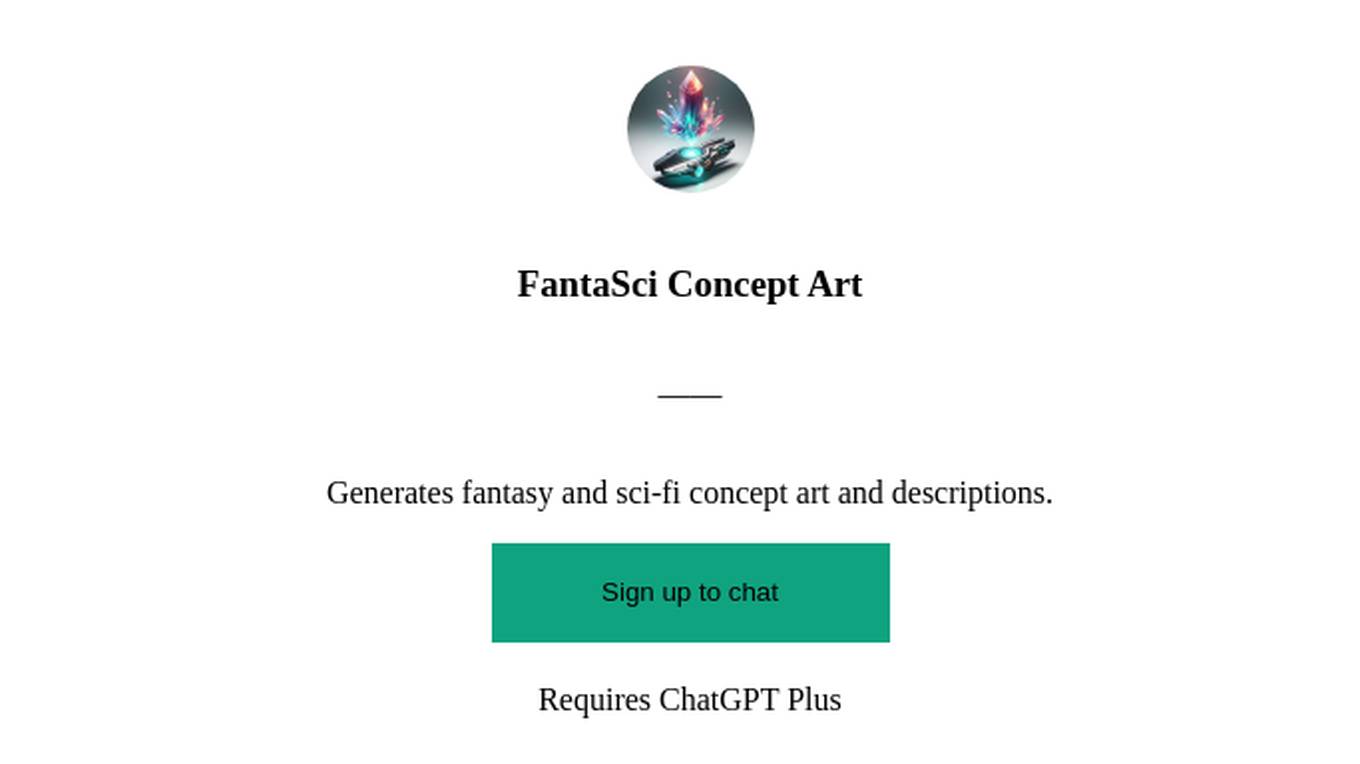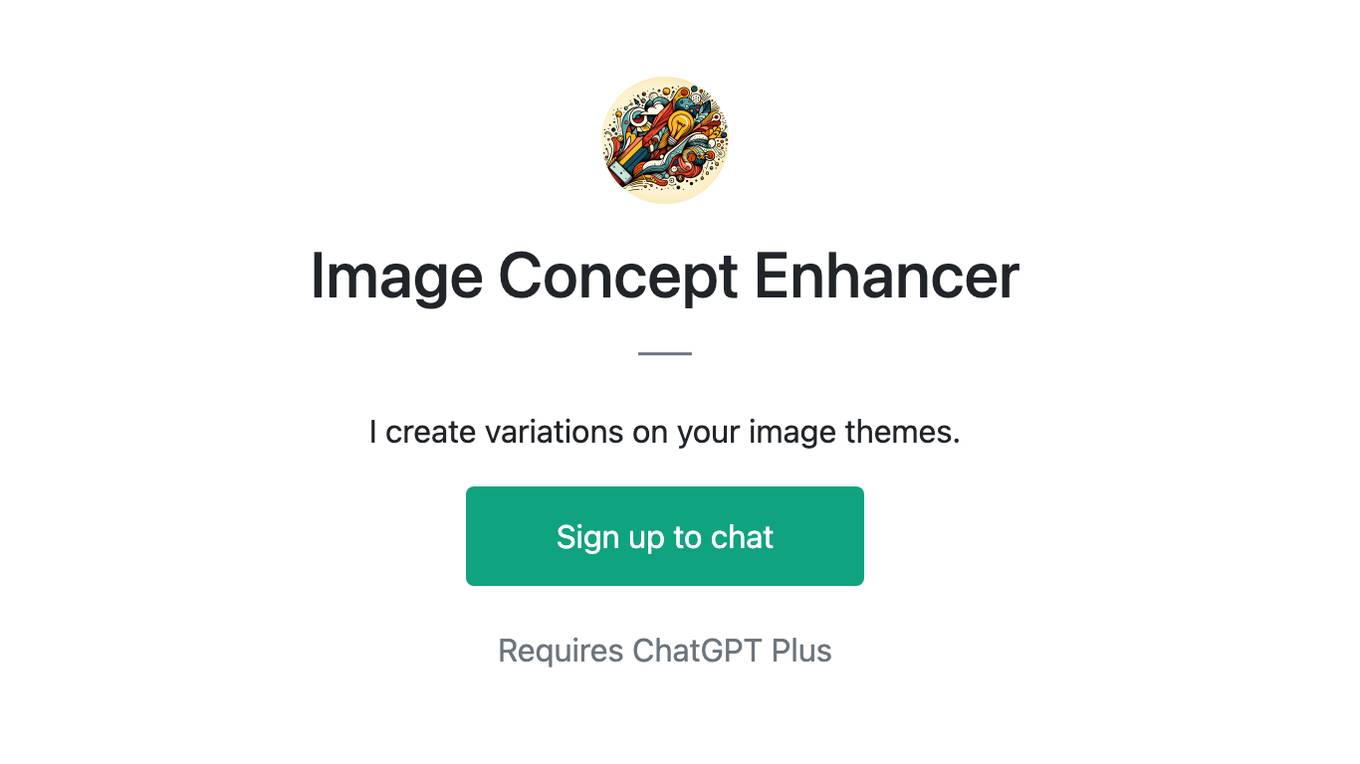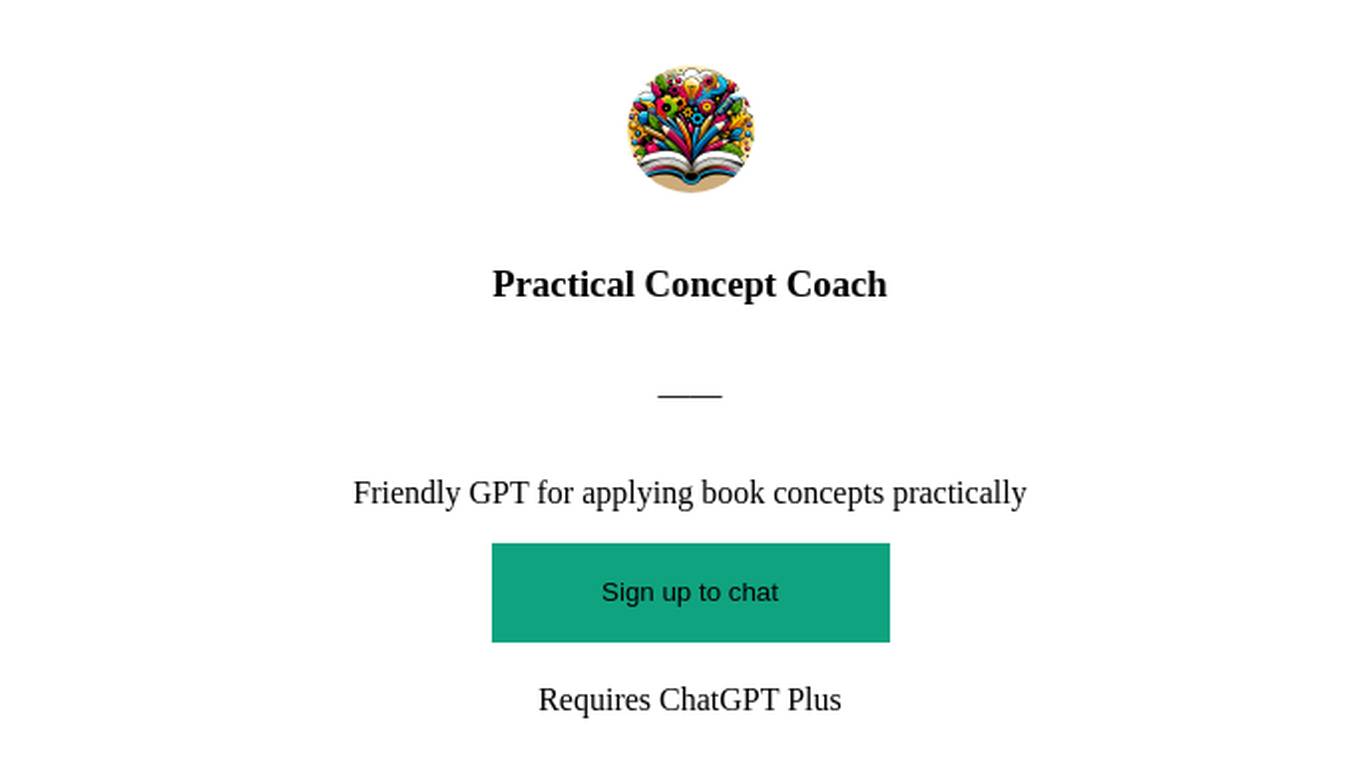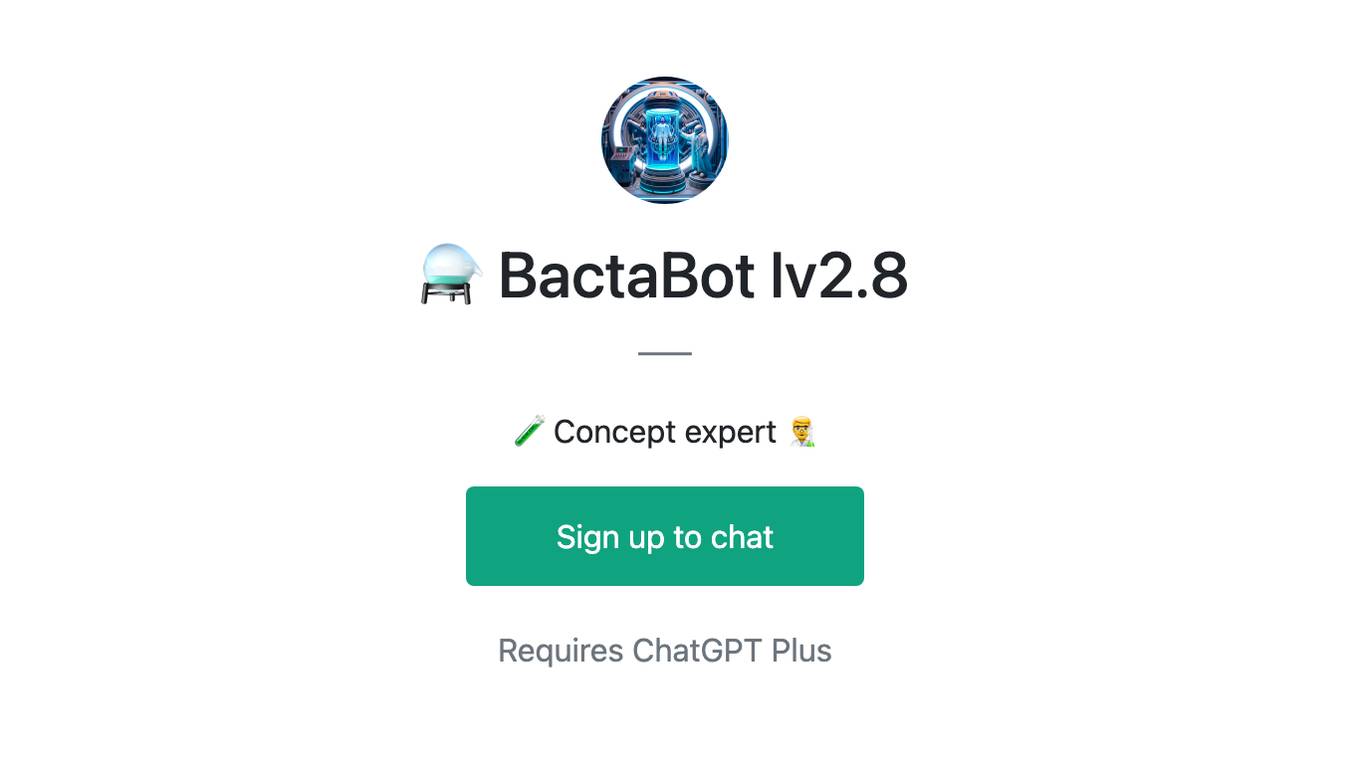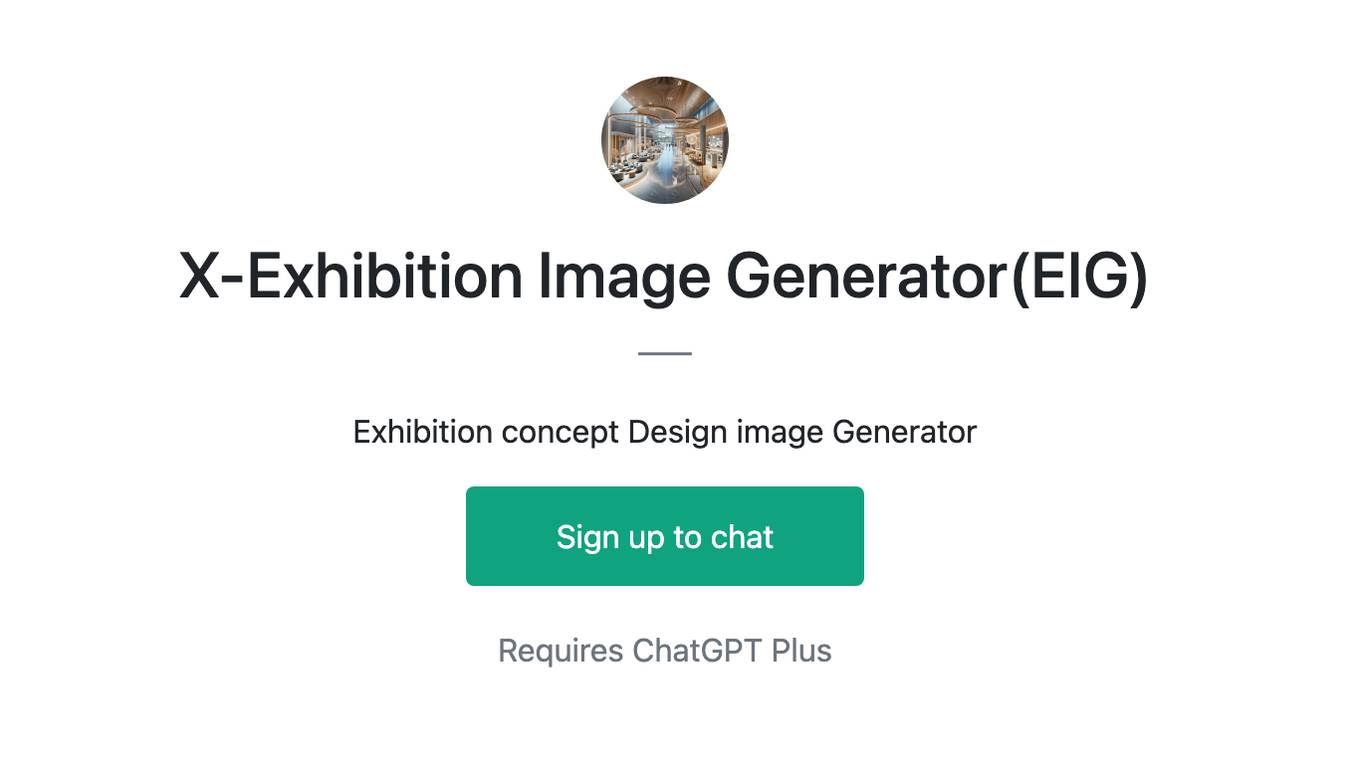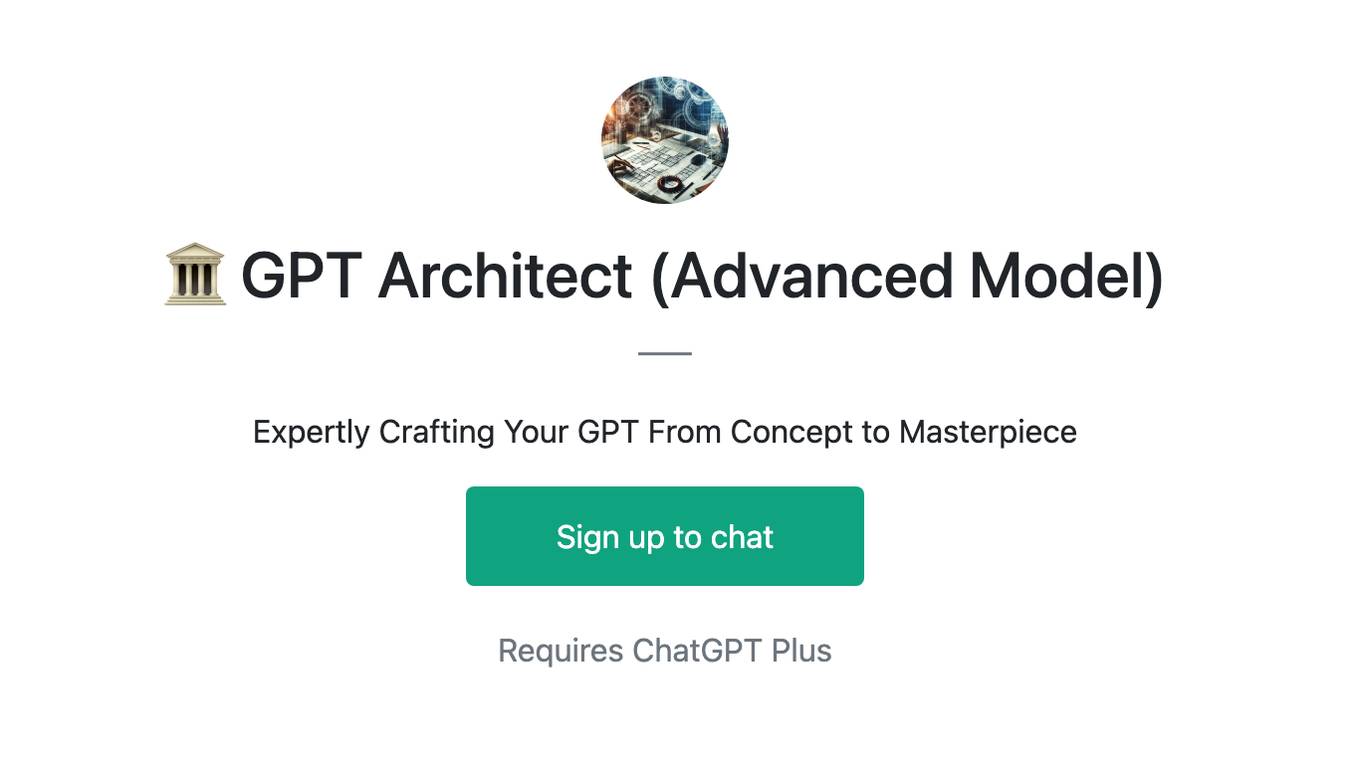Best AI tools for< Concept Cyberpunk Worlds >
20 - AI tool Sites
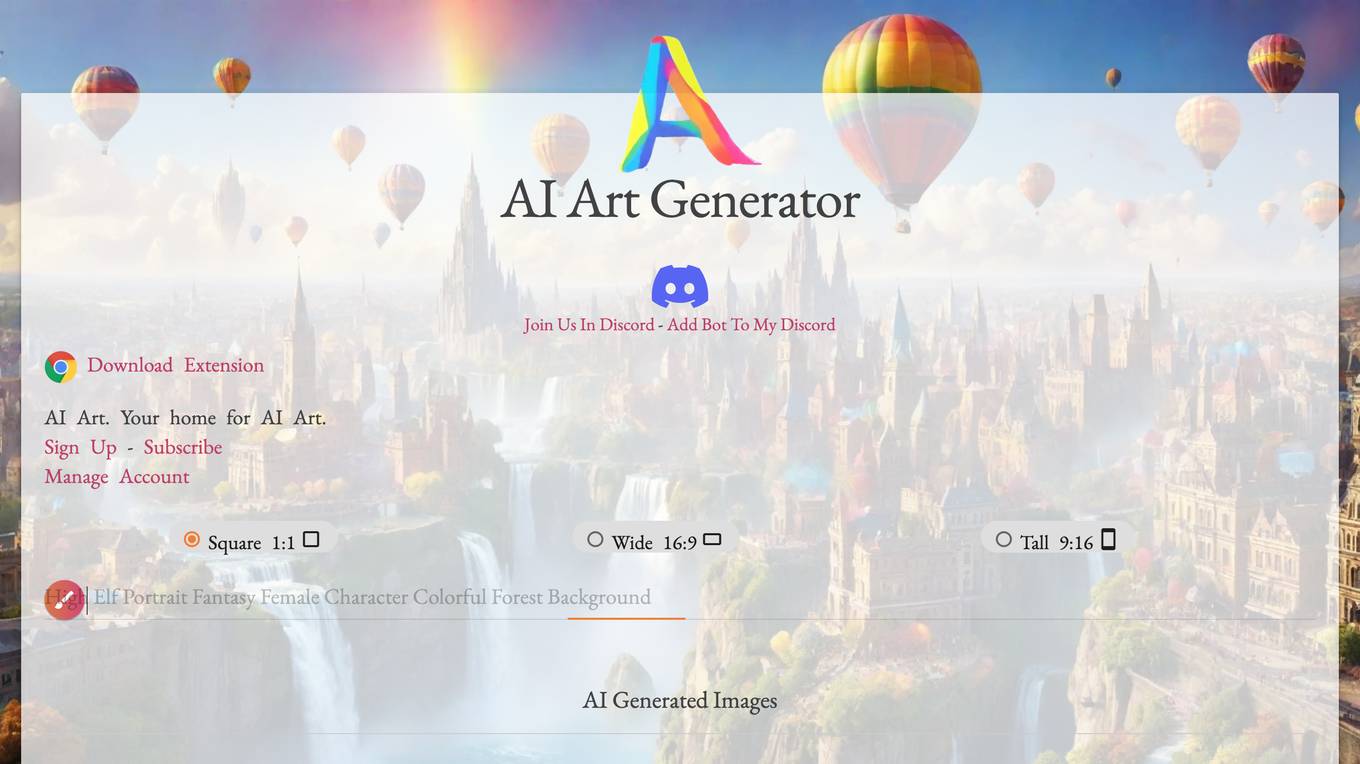
AI Art Generator
AI Art Generator is a website that allows users to create AI-generated art. Users can choose from a variety of styles, including fantasy, anime, and cyberpunk. The website also offers a variety of tools to help users create their own unique artwork. AI Art Generator is a great way to explore your creativity and create beautiful, unique artwork.

Neural Concept
Neural Concept is an end-to-end platform for high-performance engineering teams, powered by a leading proprietary 3D AI core. It accelerates product development and innovation with industry-leading 3D deep-learning and simulation capabilities. The platform works with various CAE and CAD softwares, offering 3D visual feedback, collaborative environment, and LLM guidance to boost engineers' impact. Neural Concept is used by engineering companies to design and deliver better products faster, bringing AI-designed products to market up to 75% faster.
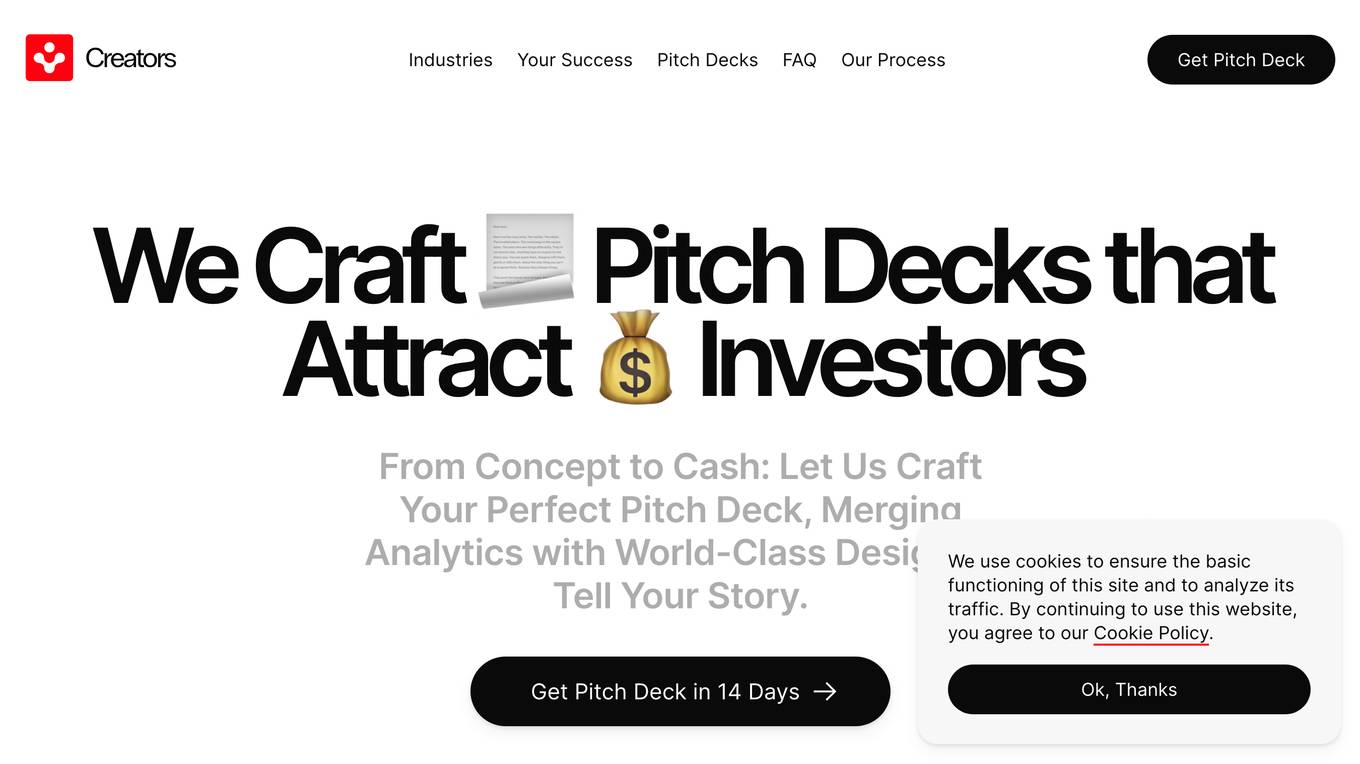
Creators
Creators is a website that offers a service to create pitch decks for startups and growing businesses. They specialize in creating visually stunning and impactful pitch decks that tell the story of the business and capture the attention of investors. They use a data-driven approach to storytelling, incorporating relevant data and analytics to back up the idea and prove its potential to investors. They also use artificial intelligence to identify the most compelling way to present the information, ensuring that the pitch deck is not just informative, but also engaging. Creators has a team of expert designers who excel at transforming complex ideas into clear, understandable visuals that are both stunning and highly effective in communicating the message to potential investors.
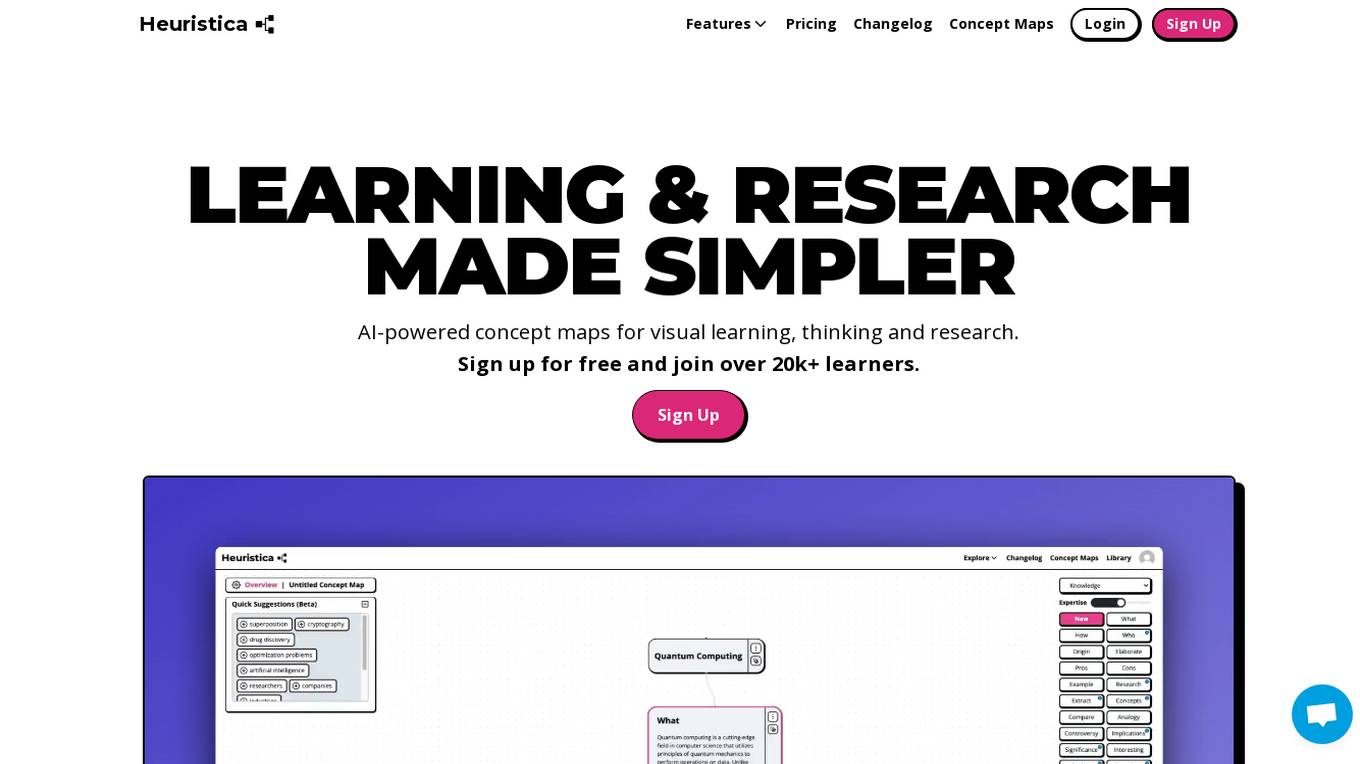
Heuristica
Heuristica is an AI-powered concept mapping tool that uses a mind map-like UI to dive deep into a subject by simply pressing buttons. Concept maps are a visual learning tool that makes acquiring, visualizing, and organizing knowledge easy. Heuristica is used by thousands of industry professionals, business executives, researchers, and students.
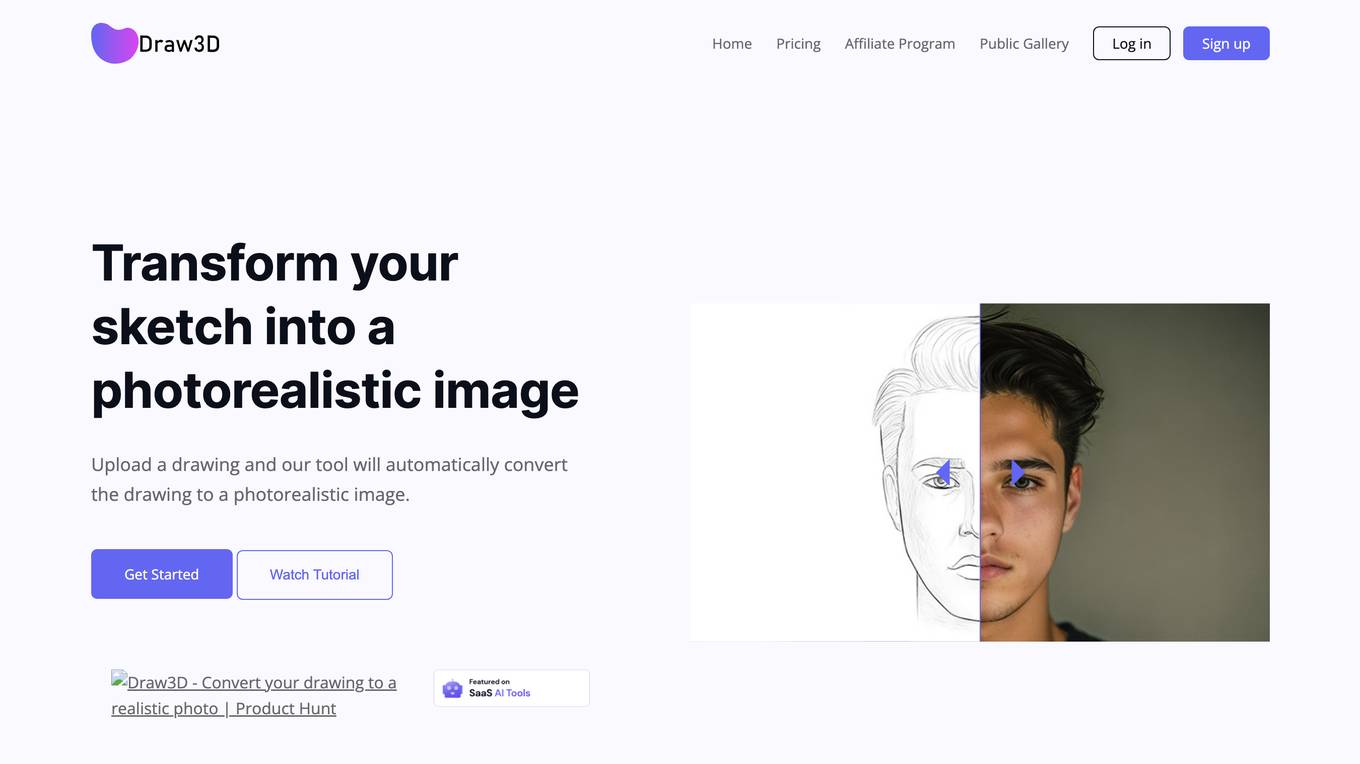
Draw3D
Draw3D is an online tool that allows users to transform their sketches into photorealistic images. It is a powerful tool that can be used to create realistic images of anything from landscapes to portraits. Draw3D is easy to use and can be used by anyone, regardless of their artistic ability. Simply upload a sketch and Draw3D will automatically convert it into a photorealistic image.
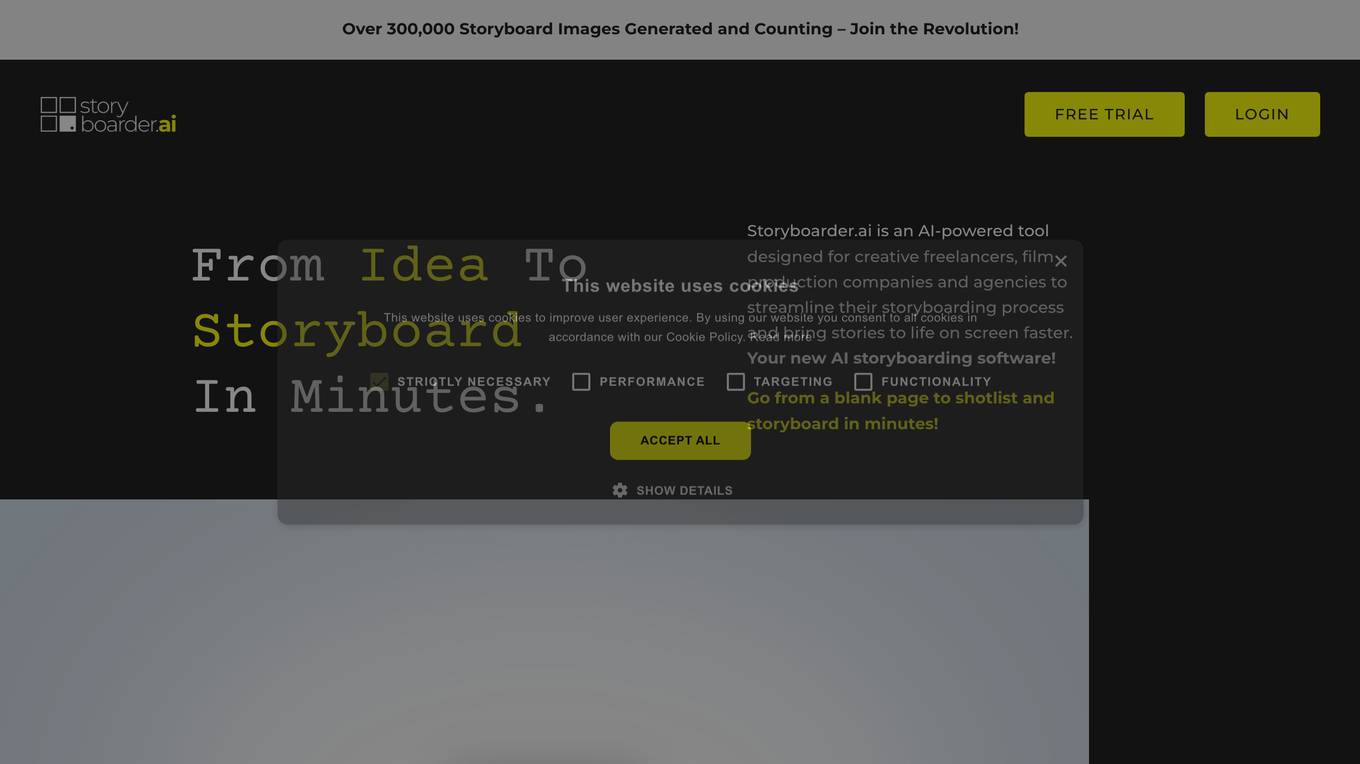
Storyboarder.ai
Storyboarder.ai is a powerful AI-powered tool designed to streamline the storyboarding process for filmmakers. It offers advanced features such as AI-powered animatic and video creation, screenplay writing with AI, image-to-image upload, and more. The platform aims to enhance communication of artistic visions with crew members and clients by automating the generation of storyboards, shot lists, and screenplays, ultimately saving valuable time and ensuring effective collaboration throughout the project.

Censored AI
Censored AI is an AI-powered application that allows users to bring their dream artwork to life with a state-of-the-art generator. It offers a range of styles including anime, comics, realistic designs, and 3D creations. Users can create stunning pieces tailored to their vision for just $2 a month. The application leverages a powerful AI engine to amplify creativity and unlock limitless possibilities. With features like Anime & Comic Styles, Realistic Generations, Toon & T-Shirt Designs, and more, Censored AI provides a platform for users to unleash their imagination and create epic artwork.
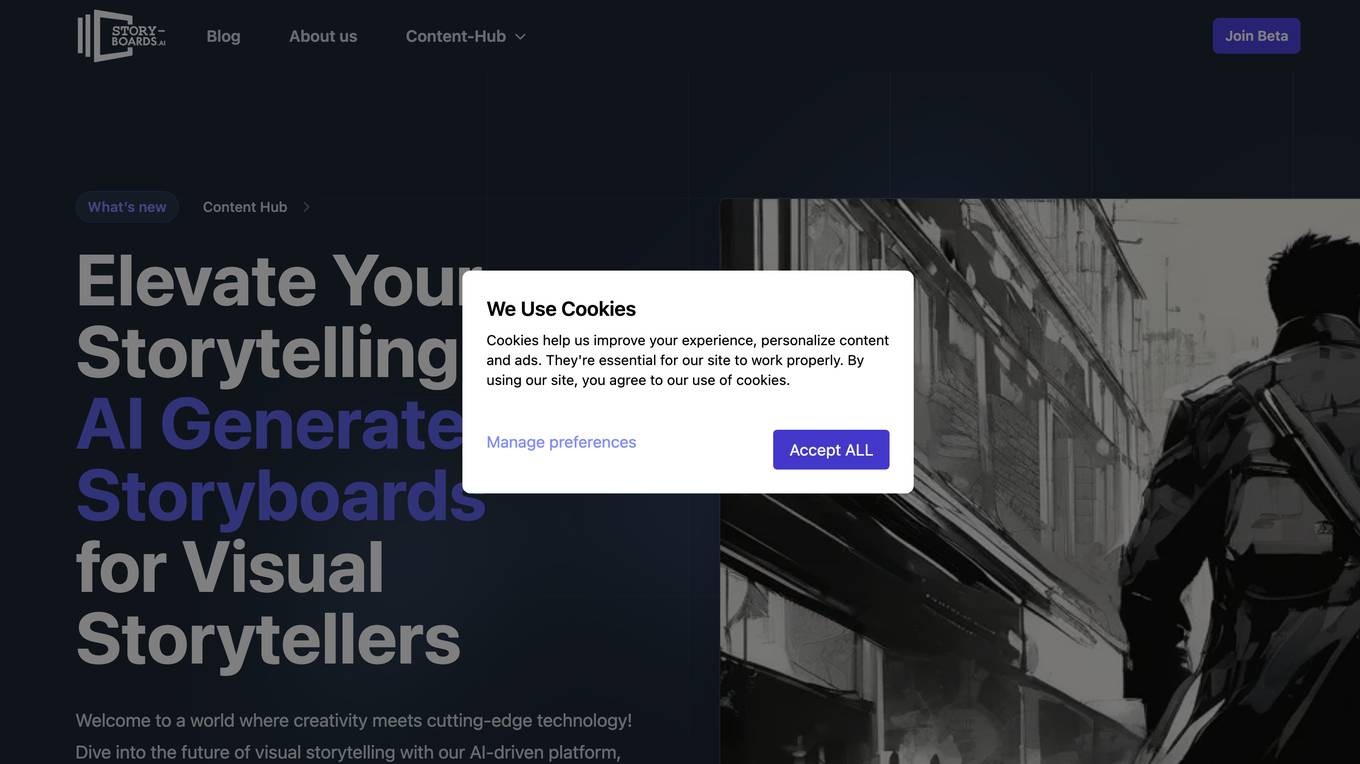
Story-boards.ai
Story-boards.ai is an AI-driven platform that revolutionizes storyboarding for visual storytellers, including filmmakers, ad creators, and graphic novelists. It empowers users to transform written scripts into dynamic visual storyboards, maintain character consistency, and speed up the pre-production process with AI-enhanced storyboarding. The platform offers tailored storyboards, custom camera angles, character consistency, and a streamlined workflow to elevate narratives and unlock new realms of possibility in visual storytelling.
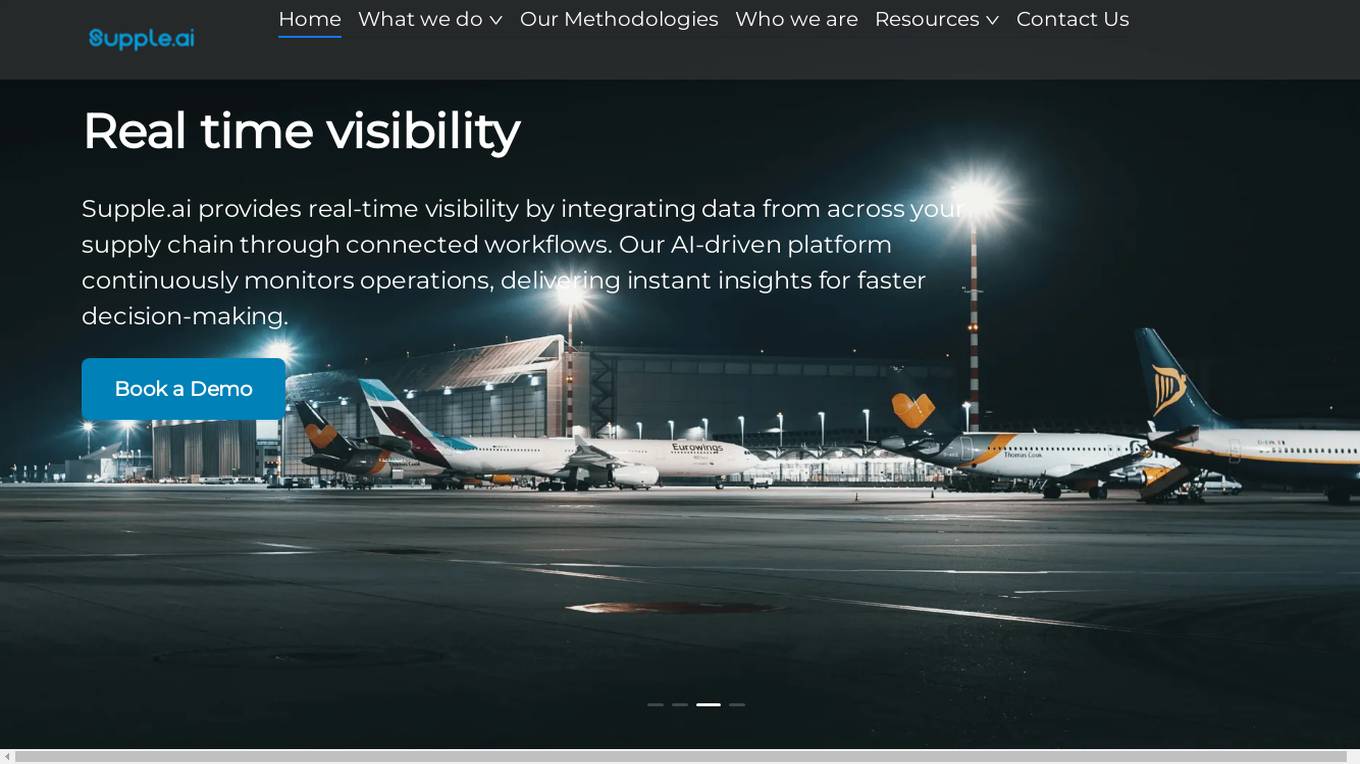
Supple.ai
Supple.ai is an AI-powered content generation tool that helps users create high-quality written content quickly and efficiently. By leveraging advanced natural language processing algorithms, Supple.ai can generate articles, blog posts, product descriptions, and more in a matter of minutes. The tool is designed to assist content creators, marketers, and businesses in streamlining their content creation process and improving productivity.

Bibit AI
Bibit AI is a real estate marketing AI designed to enhance the efficiency and effectiveness of real estate marketing and sales. It can help create listings, descriptions, and property content, and offers a host of other features. Bibit AI is the world's first AI for Real Estate. We are transforming the real estate industry by boosting efficiency and simplifying tasks like listing creation and content generation.
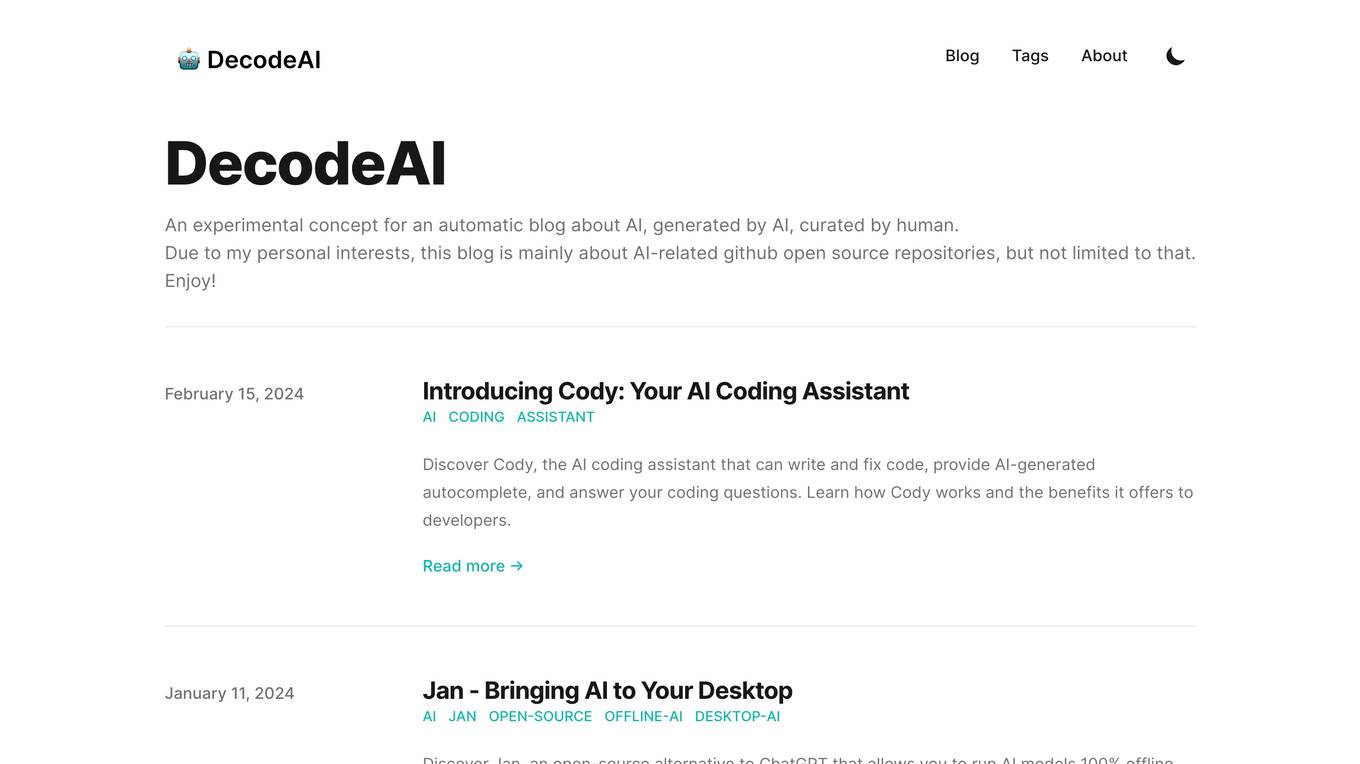
DecodeAI
DecodeAI is an experimental concept for an automatic blog about AI, generated by AI and curated by humans. The blog mainly focuses on AI-related GitHub open source repositories but is not limited to that. It offers insights, updates, and discussions on various AI topics to keep readers informed and engaged.
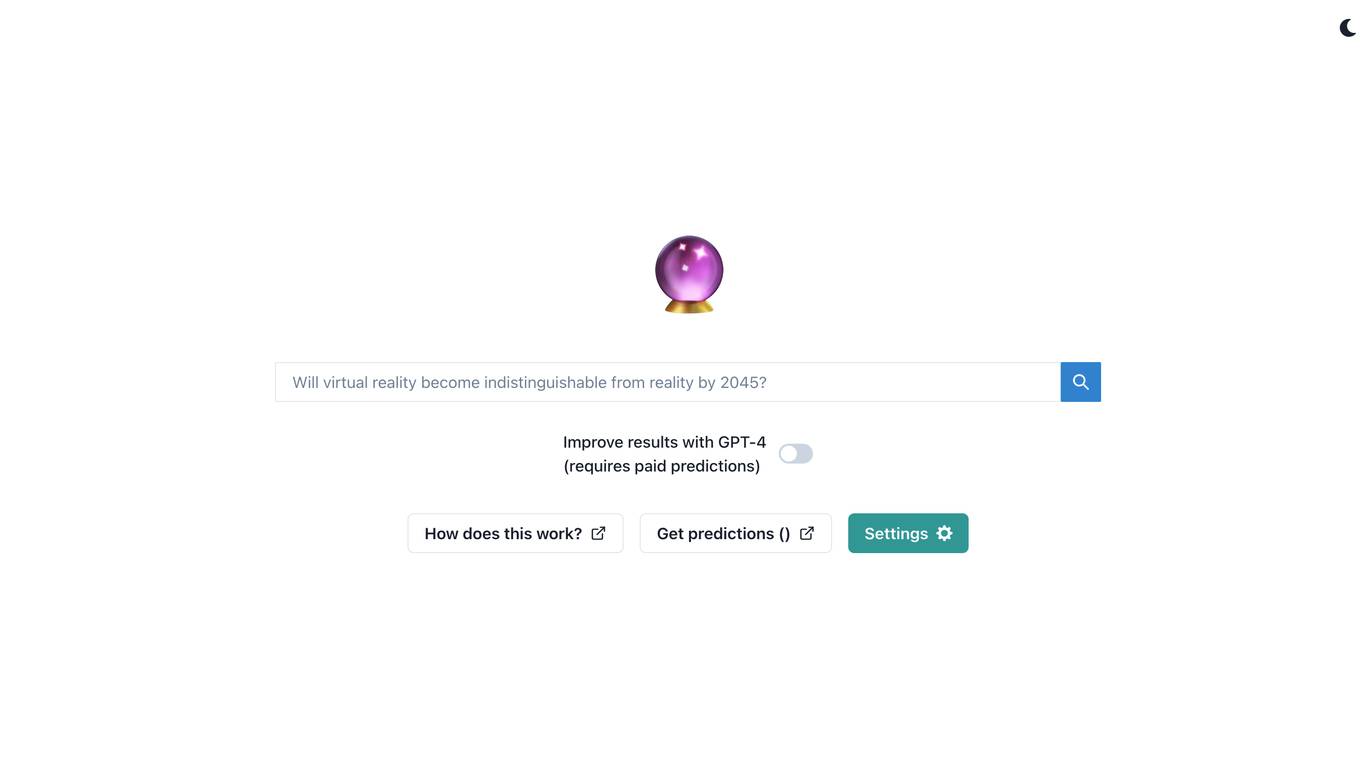
FutureGPT
FutureGPT is an AI tool that leverages the power of GPT-4 to provide advanced predictive capabilities. Users can enhance their results by utilizing this tool, which offers paid predictions. By enabling JavaScript, users can access the app and explore its features to receive accurate and insightful predictions for various purposes. FutureGPT aims to streamline decision-making processes and optimize outcomes through cutting-edge AI technology.
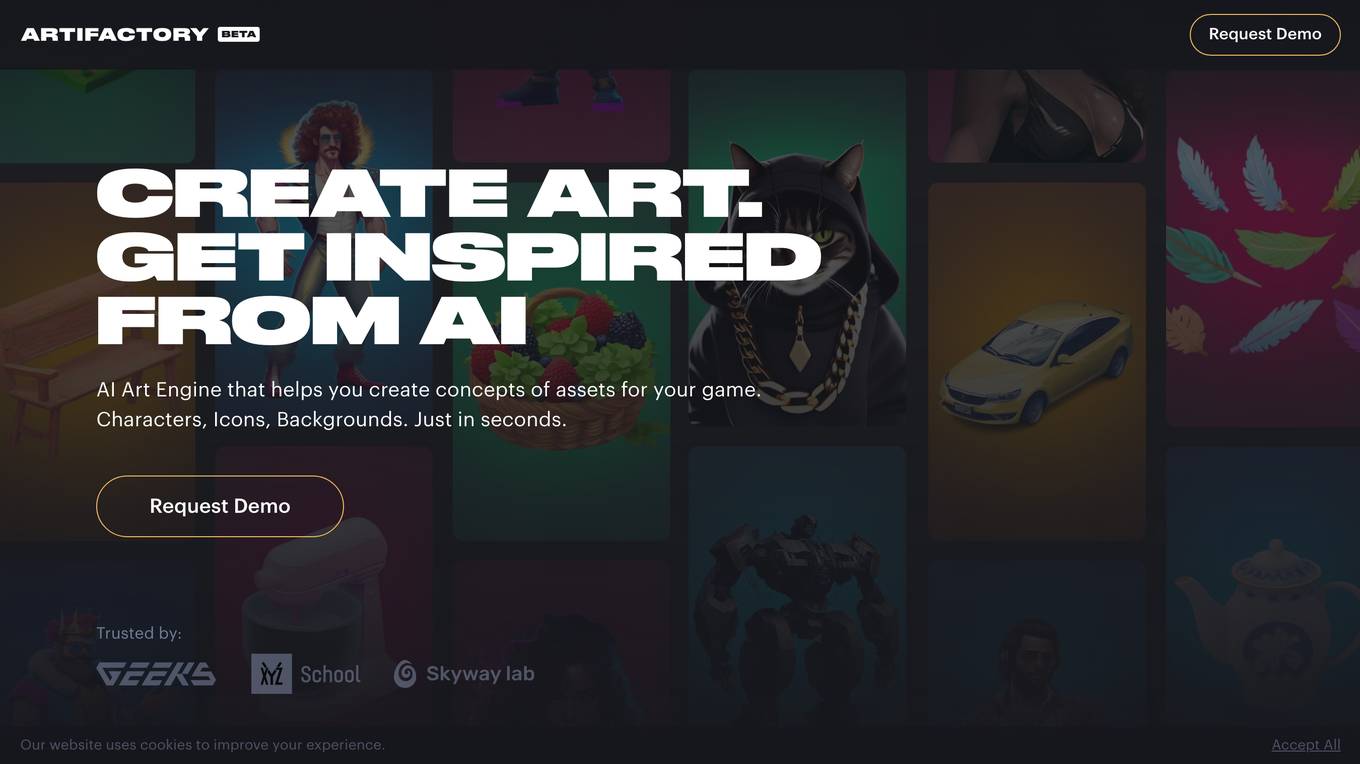
Artifactory
Artifactory is an AI-powered game asset generation tool that helps you create concepts for characters, icons, and backgrounds in seconds. With Artifactory, you can describe your task in text and generate images instantly. You can also use other images as references and train the model according to your style. Artifactory is easy to use and affordable, making it a great option for game developers of all levels.
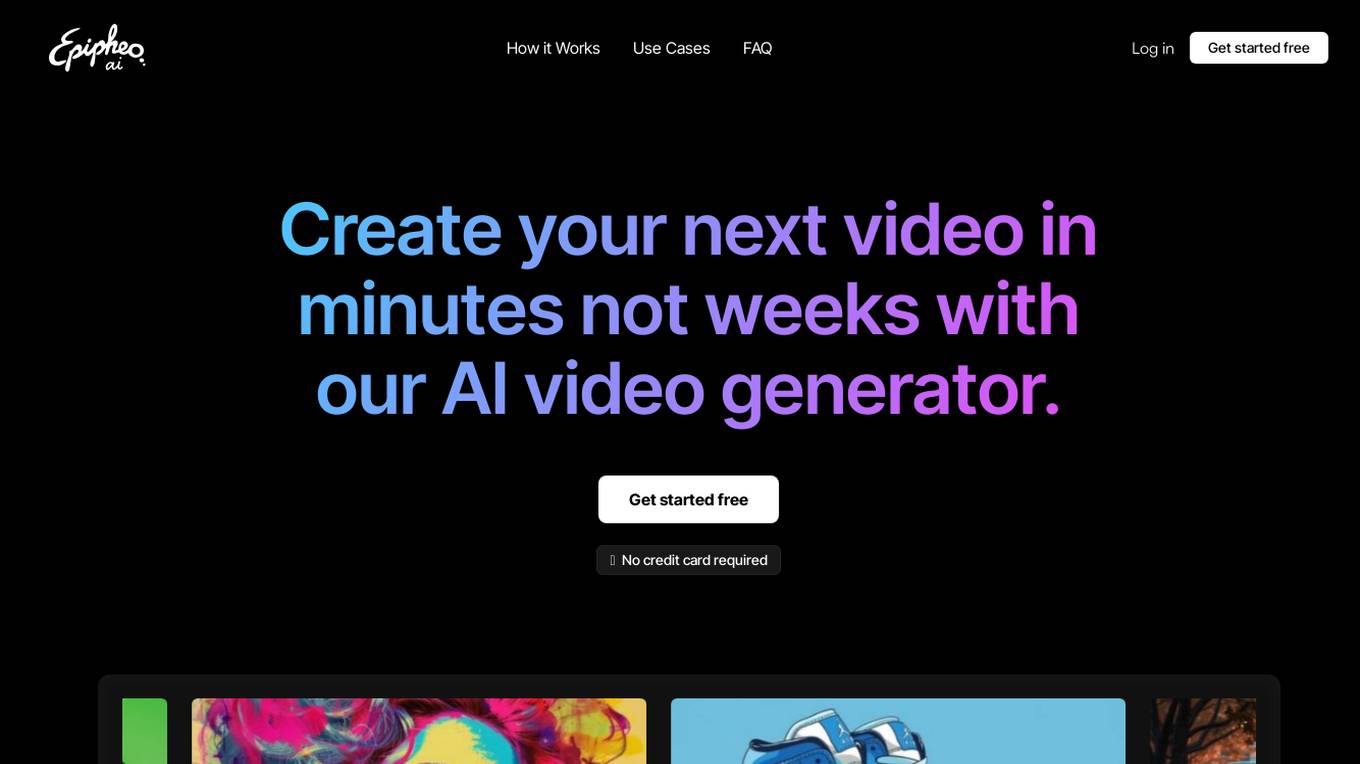
Epipheo AI
Epipheo AI is a powerful Gen AI tool that effortlessly generates professional explainer videos. With its intuitive interface and advanced algorithms, users can create engaging videos in minutes. The tool streamlines the video creation process by automating script generation, storyboard creation, and animation. Users have full control over customization options, including visual styles, branding, voiceovers, and music. Epipheo AI accelerates concept development, enhances video quality, and enables rapid iteration for efficient video production.
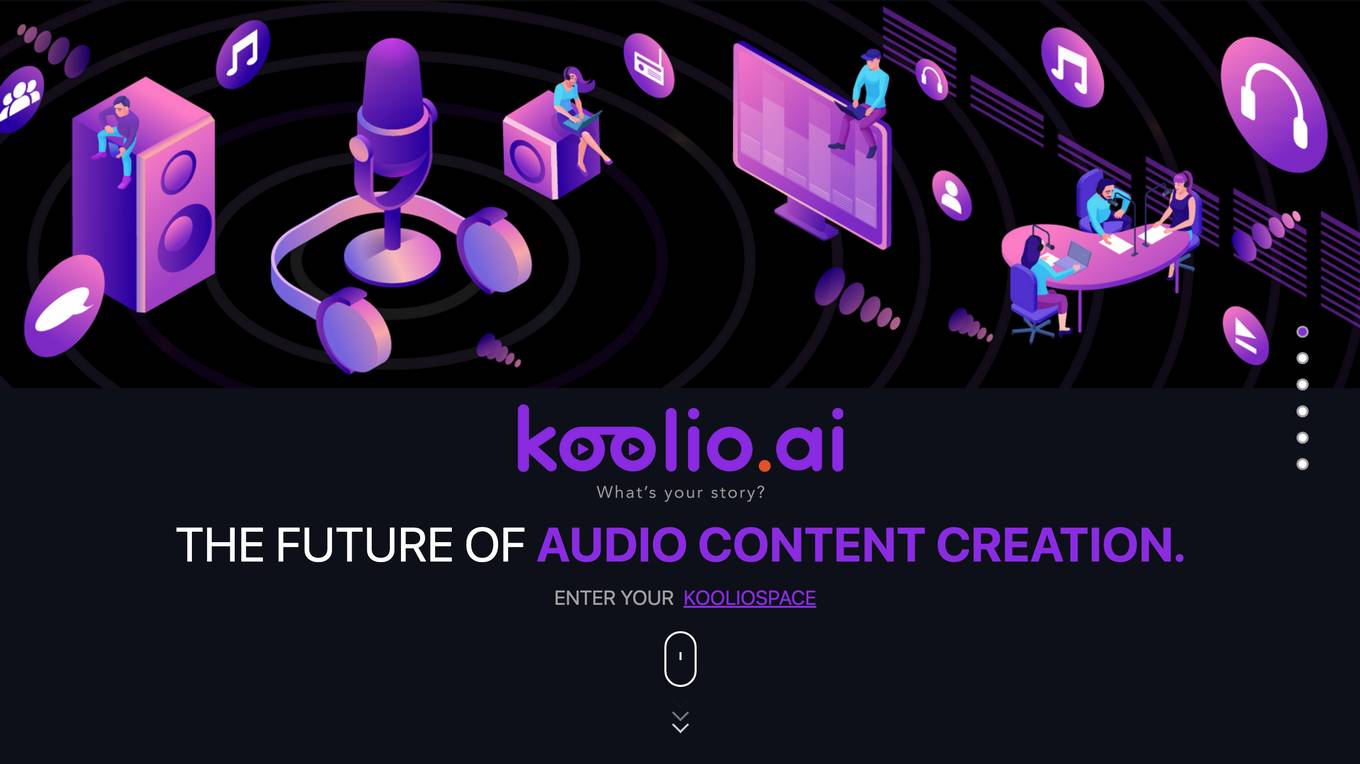
Koolio.ai
Koolio.ai is an AI-powered storytelling platform that helps you create engaging and personalized stories. With Koolio.ai, you can easily generate story ideas, develop characters, and write compelling narratives. Whether you're a professional writer, a student, or just someone who loves to tell stories, Koolio.ai can help you take your storytelling to the next level.
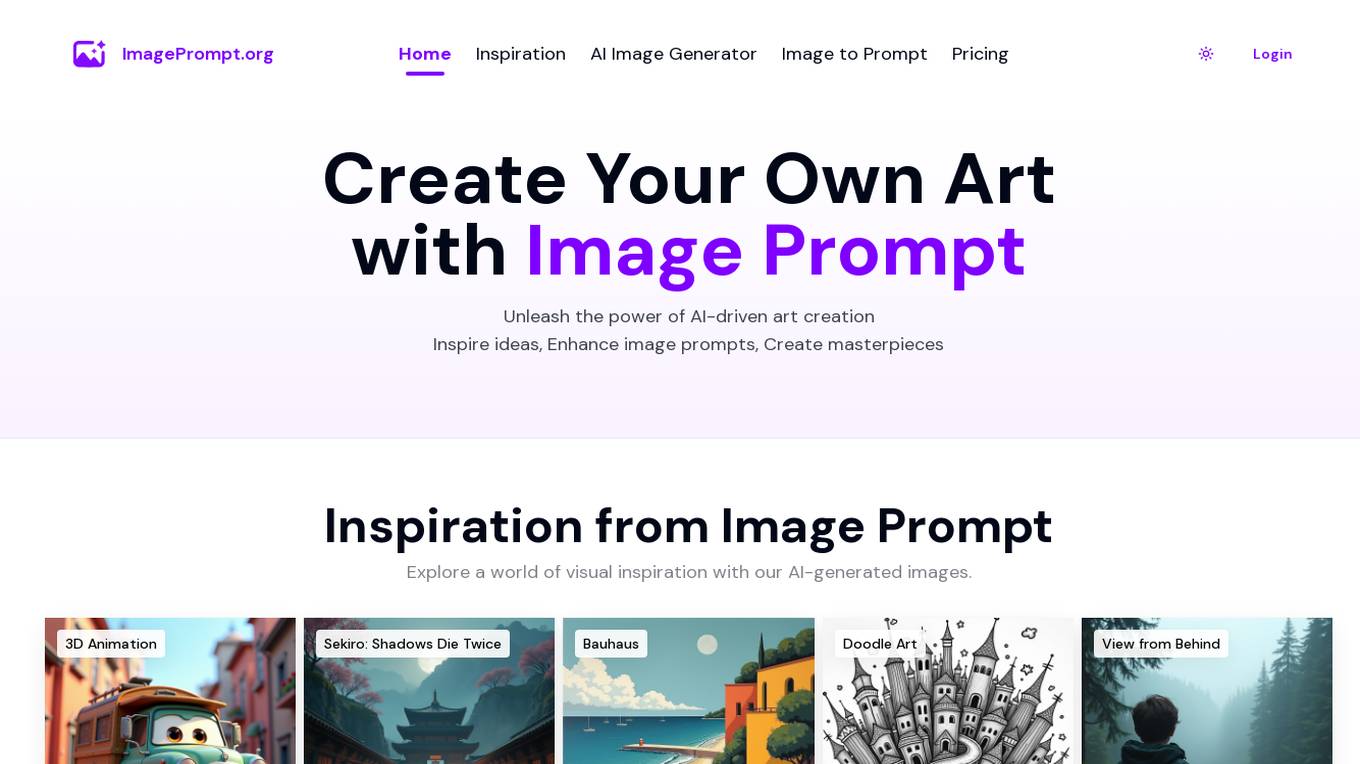
ImagePrompt.org
ImagePrompt.org is an AI-driven platform that empowers users to create unique and personalized images through the use of image prompts. By providing tools and guidance for crafting descriptive prompts, ImagePrompt.org enables users to unleash their creativity and bring their ideas to life through AI-generated artwork. The platform offers a seamless experience for generating stunning visuals and extracting precise image prompts, fueling the creative process and optimizing design efficiency with AI-powered precision.

MagicBrief
MagicBrief is a creative analytics and research tool trusted by thousands of teams to transform messy ad data into clear creative direction and winning ads. It bridges the gap between media and creative, driving revenue and improving ad spend efficiency. The tool helps users identify winning creative angles, track competitors, create winning briefs, and improve creative strategies. MagicBrief offers visual reports, AI-powered recommendations, and insights on ad performance, enabling users to make data-driven decisions and scale winners faster. It also provides support through onboarding calls, account managers, and a dedicated Slack channel.
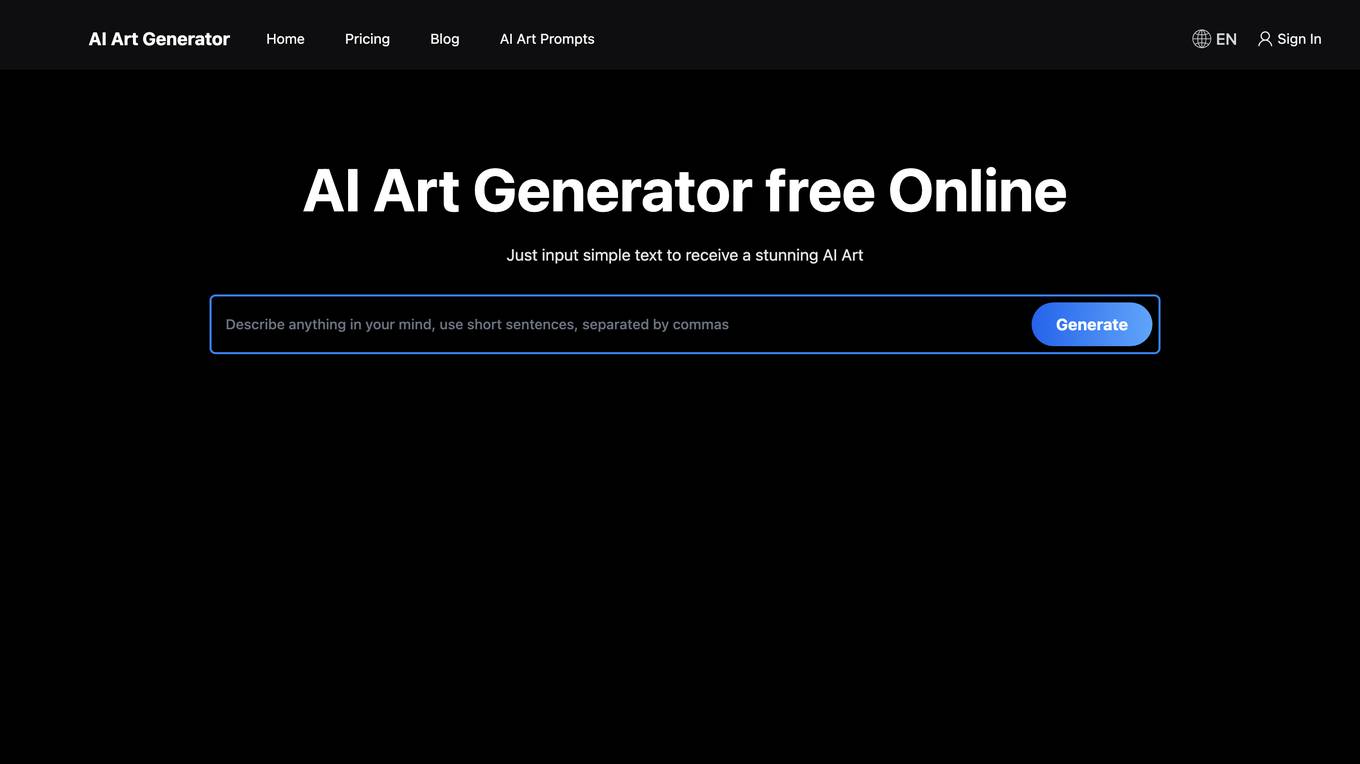
AI Art Generator
AI Art Generator is an online platform that leverages state-of-the-art Stable Diffusion technology to quickly turn users' imaginations into amazing artistic creations with just simple text prompts. Users can create unique images by providing text descriptions, and the AI model generates original artworks in seconds. The platform allows anyone to easily create stunning AI-generated artworks without needing artistic skills or training. AI Art Generator aims to provide a seamless and creative experience for users to explore the future of art through advanced technology.
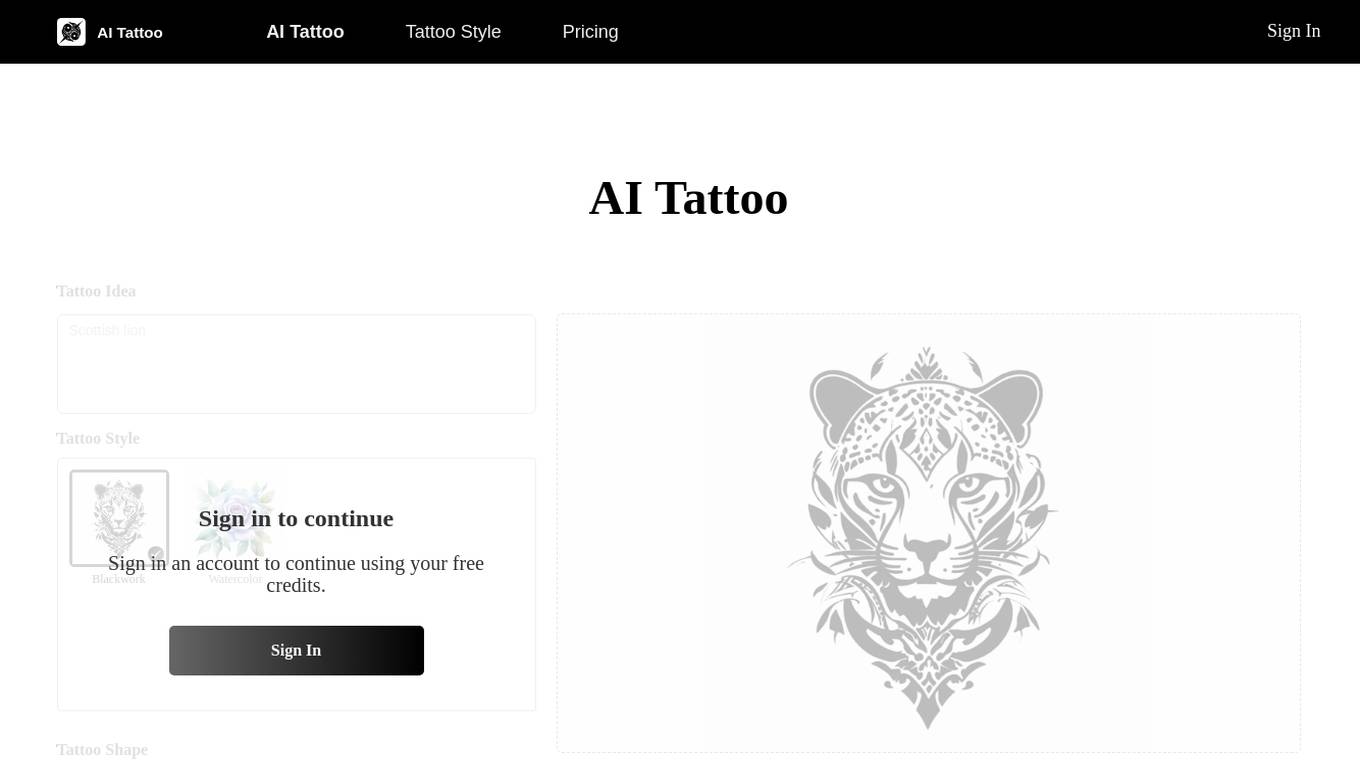
AI Tattoo
AI Tattoo is a free online tool that allows users to generate unique and creative tattoo designs using artificial intelligence technology. Users can input their tattoo ideas, choose from various tattoo styles and shapes, and create custom tattoo designs in seconds. The tool provides inspiration for tattoo enthusiasts and helps them turn their ideas into reality without the need for copying existing designs. AI Tattoo stands out for its user-friendly interface, free usage times, and advanced AI technology.
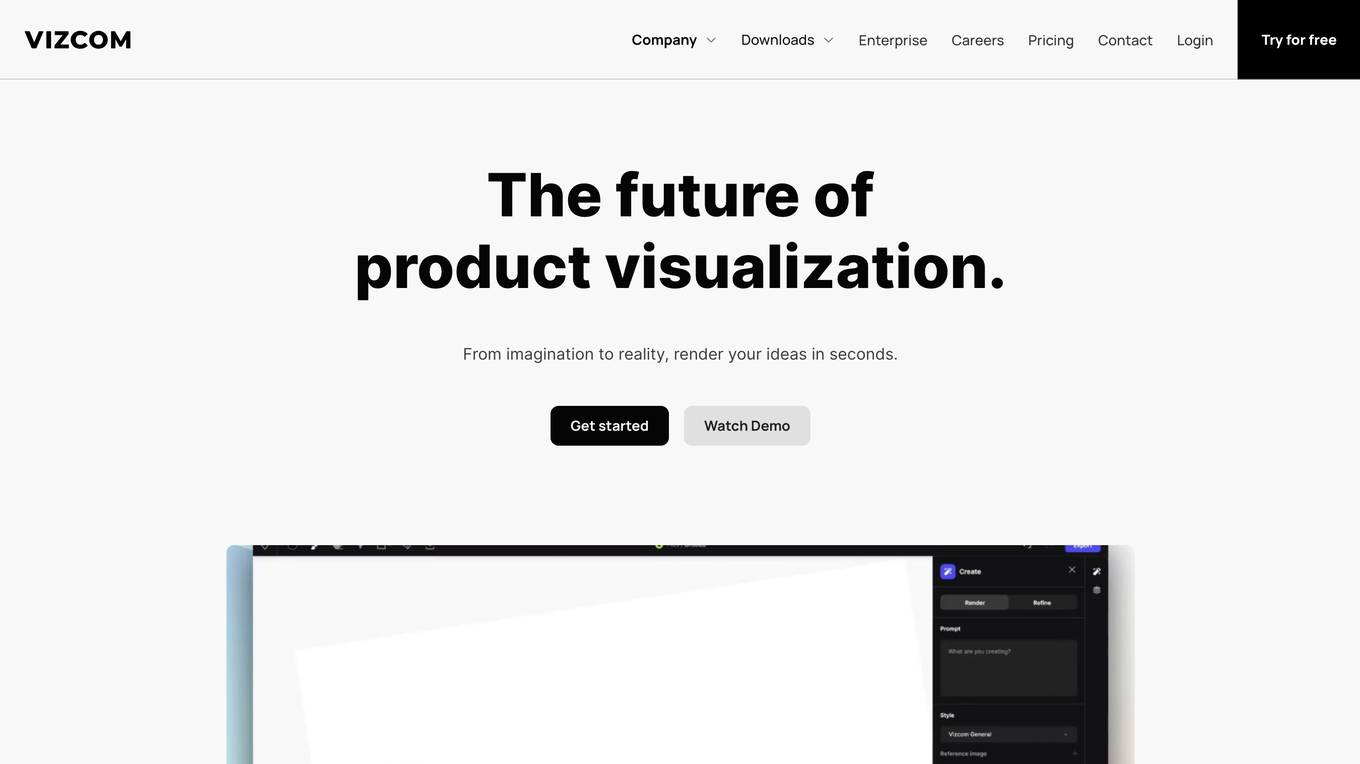
Vizcom
Vizcom is a design tool that offers a new way to design for the real world. It allows users to sketch their ideas, render designs with various styles, generate 3D models, and animate concepts. Vizcom empowers designers to tell cohesive stories about their ideas through detailed visualizations, providing instant feedback and the ability to place designs in realistic scenes. The tool is built for design teams to stay aligned, move faster, and build together, across various sectors.
0 - Open Source AI Tools
20 - OpenAI Gpts
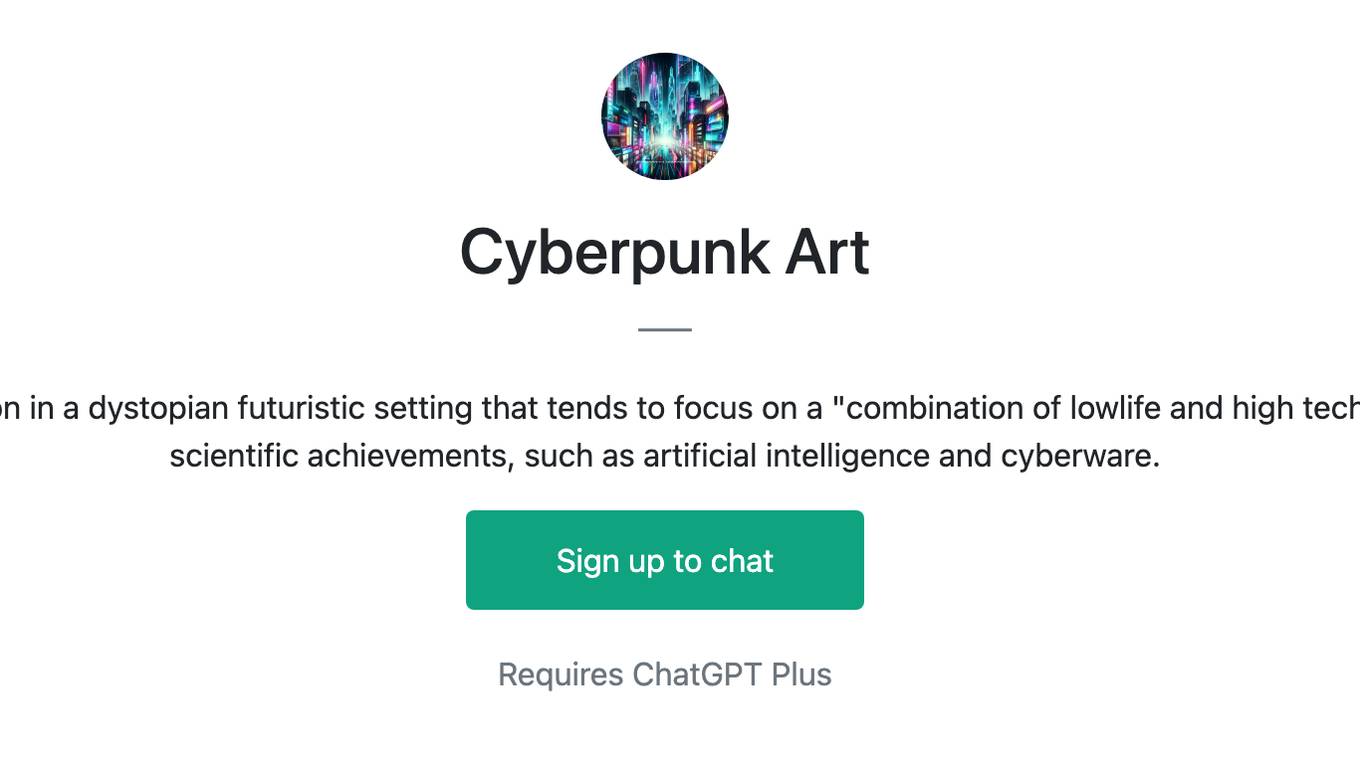
Cyberpunk Art
Cyberpunk is a subgenre of science fiction in a dystopian futuristic setting that tends to focus on a "combination of lowlife and high tech", featuring futuristic technological and scientific achievements, such as artificial intelligence and cyberware.
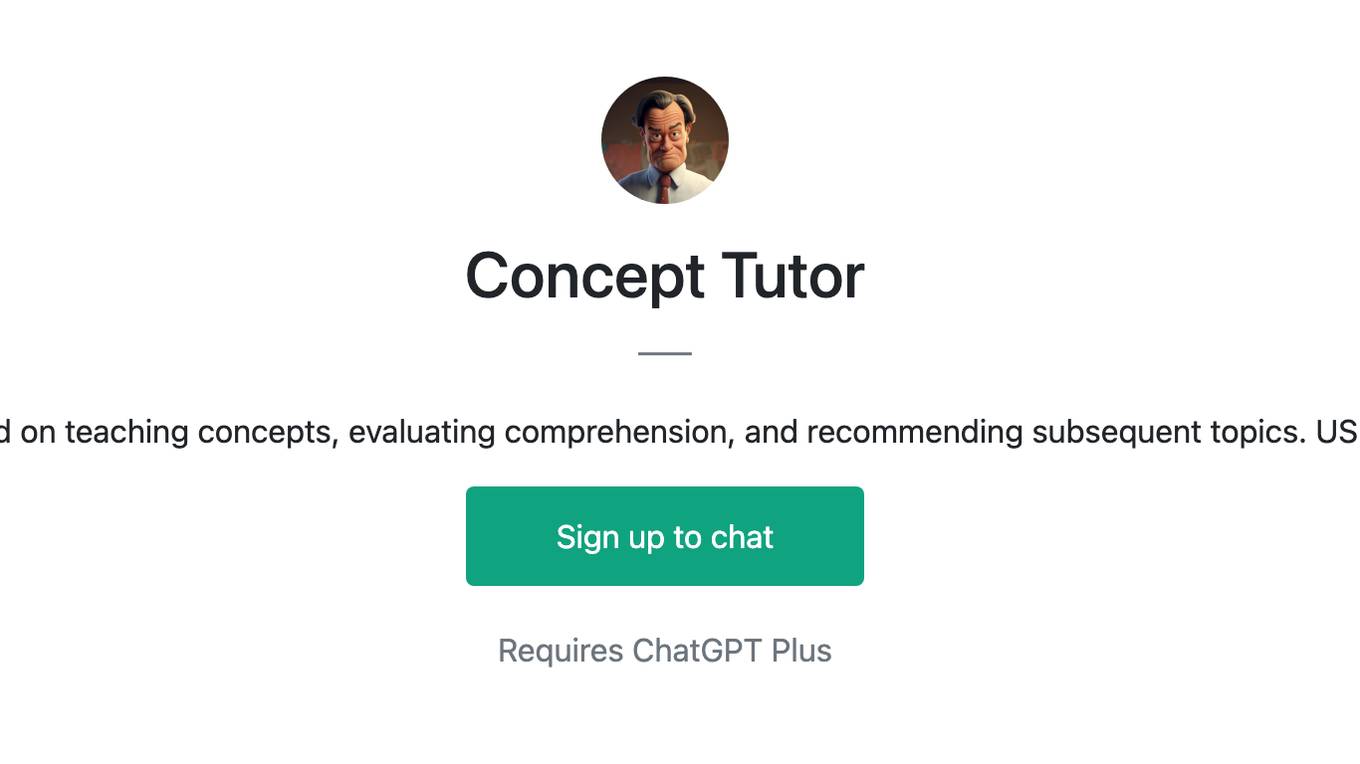
Concept Tutor
Assistant focused on teaching concepts, evaluating comprehension, and recommending subsequent topics. USE WITH VOICE.
Concept Explainer
A facilitator for understanding concepts using a simplified Concept Attainment Method.
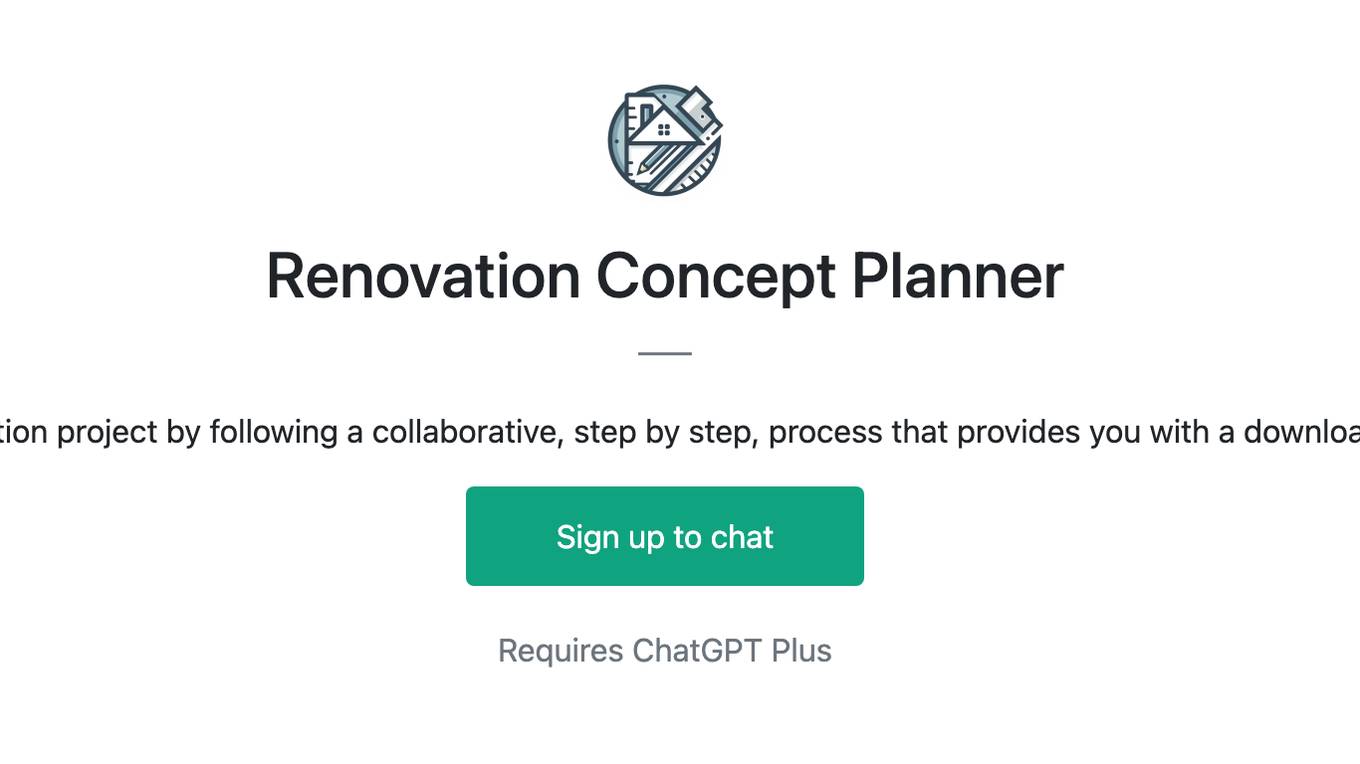
Renovation Concept Planner
Plan your next renovation project by following a collaborative, step by step, process that provides you with a downloadable Concept Plan
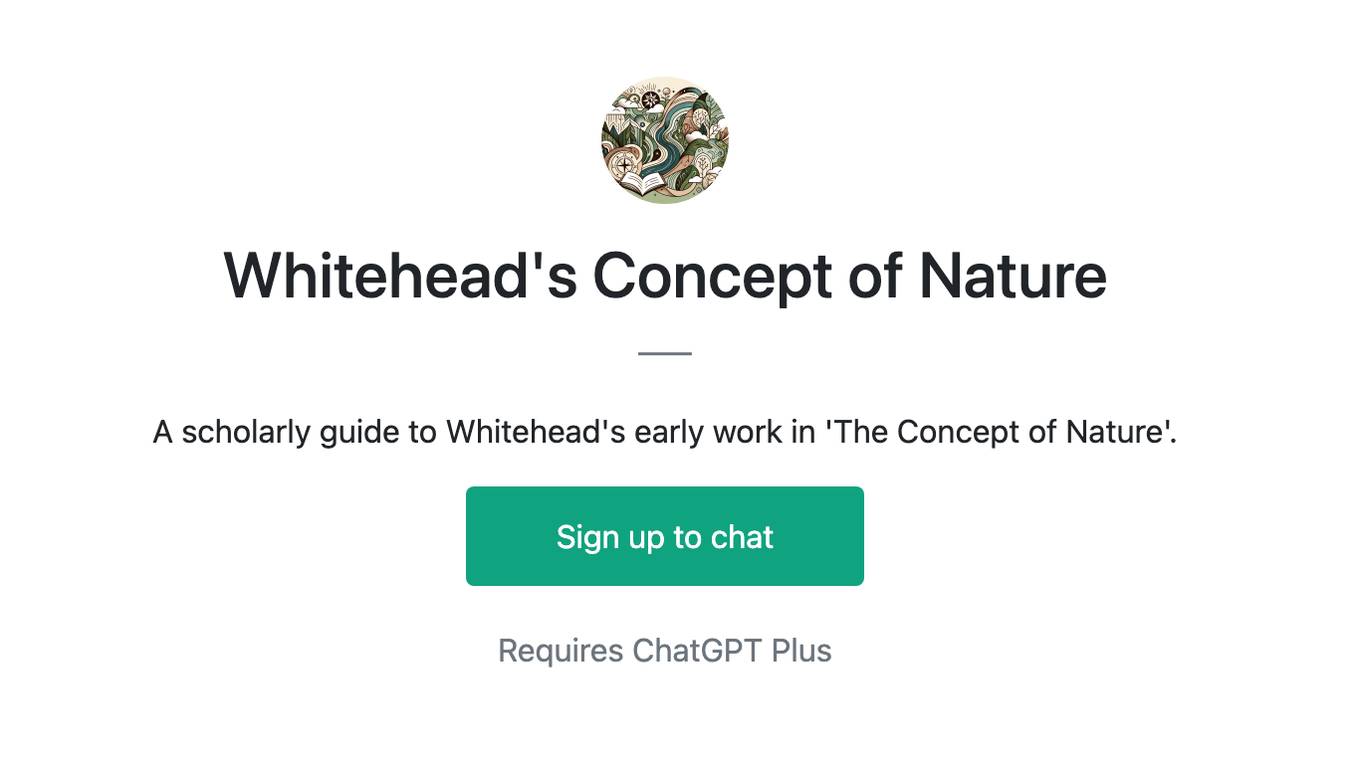
Whitehead's Concept of Nature
A scholarly guide to Whitehead's early work in 'The Concept of Nature'.
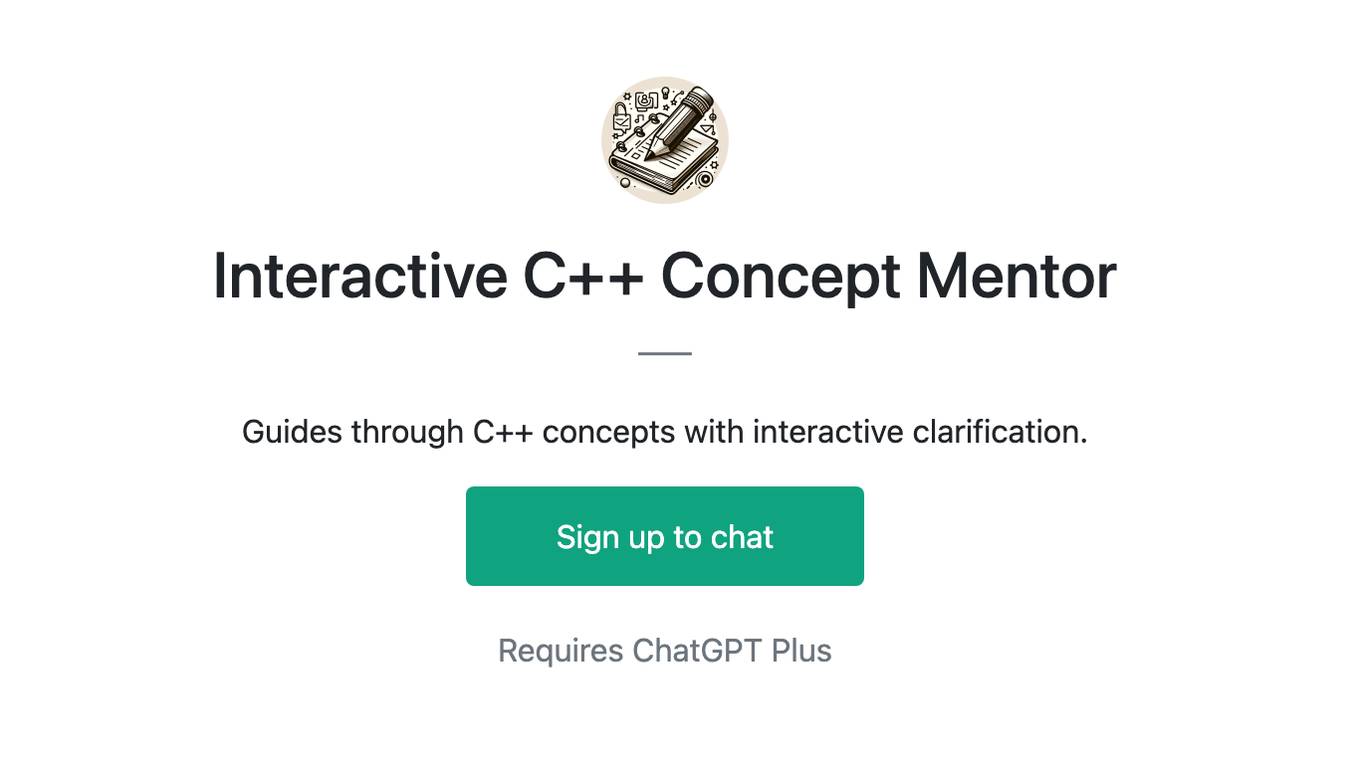
Interactive C++ Concept Mentor
Guides through C++ concepts with interactive clarification.
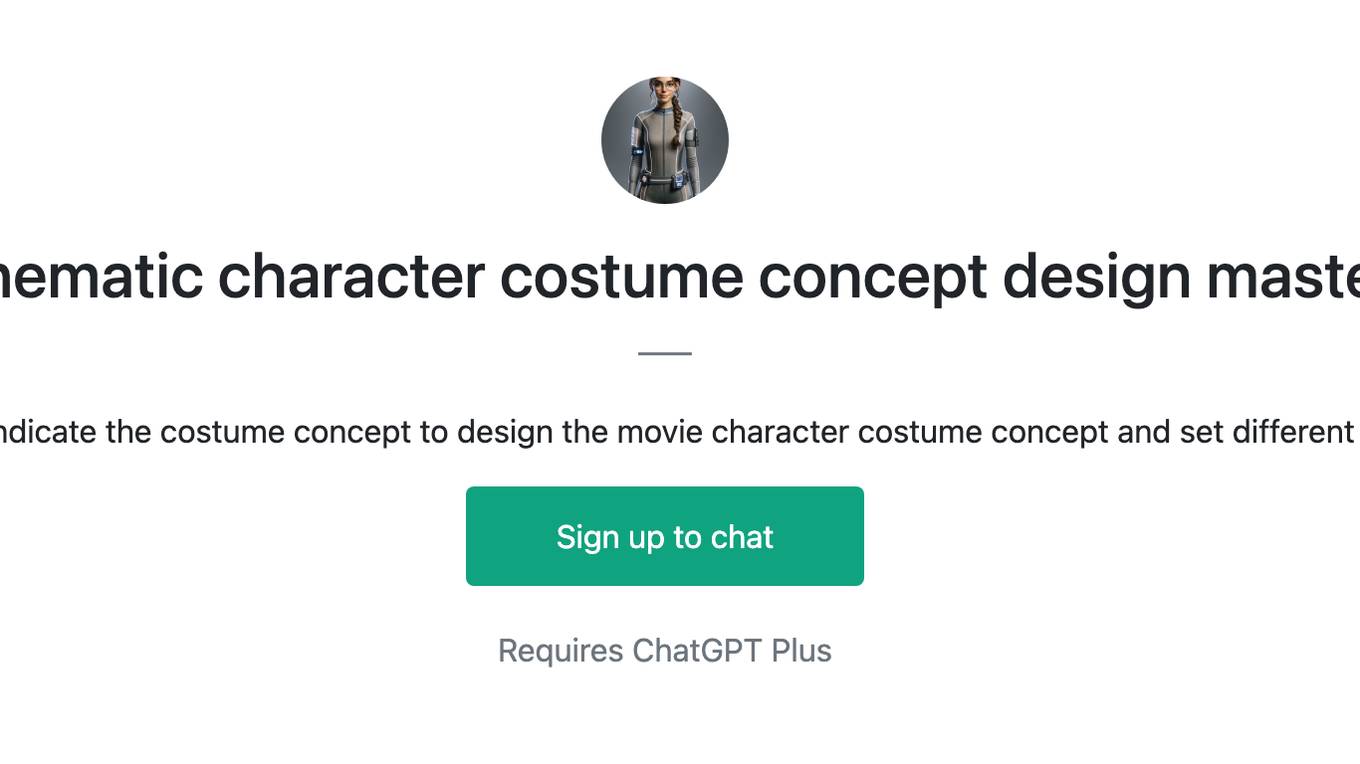
cinematic character costume concept design master
Upload an avatar and indicate the costume concept to design the movie character costume concept and set different angles for reference.
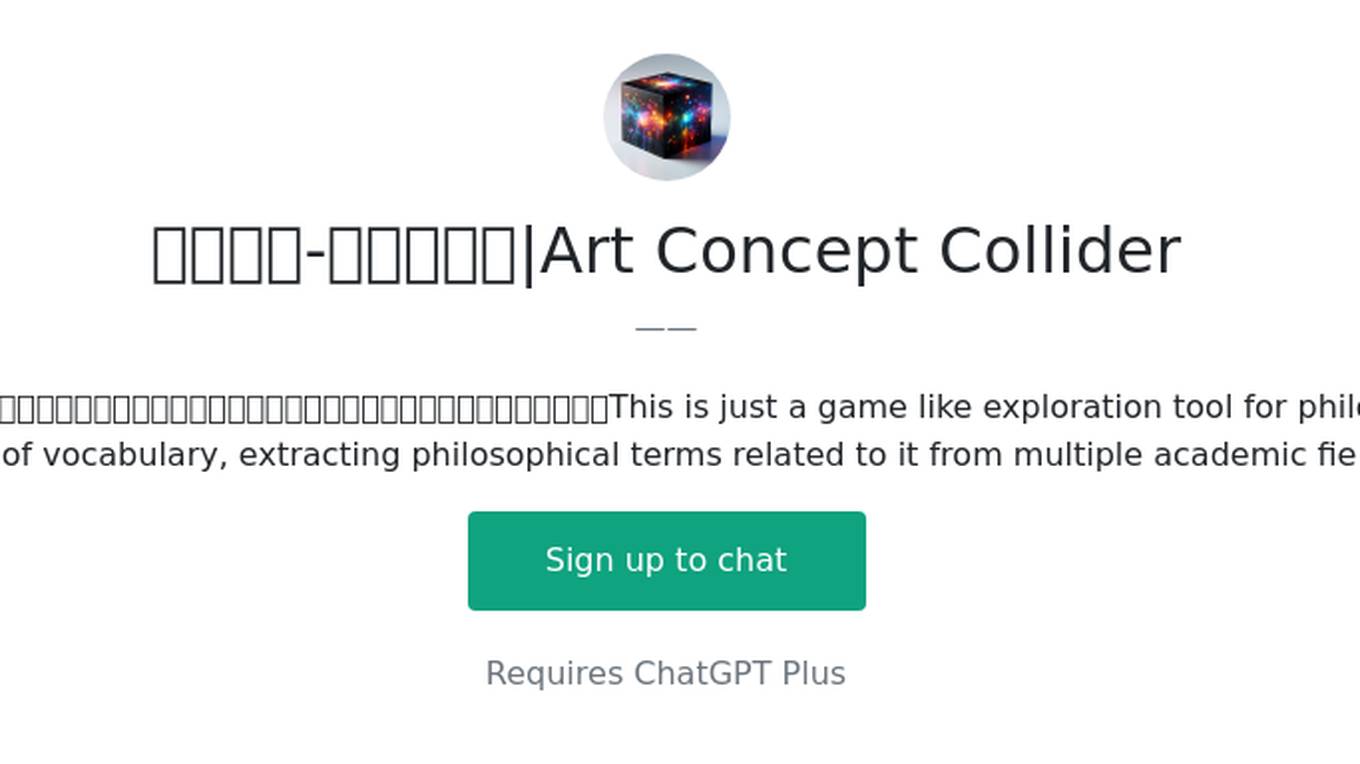
艺术盲盒-概念对撞机|Art Concept Collider
这只是一个哲学和思想概念的游戏性质的探索工具:将任意输入的词汇、概念或场景进行深度分析,从多个学术领域提炼与之相关的哲学术语。This is just a game like exploration tool for philosophical and intellectual concepts: conducting in-depth analysis of vocabulary, extracting philosophical terms related to it from multiple academic fields.联系vx:[email protected]
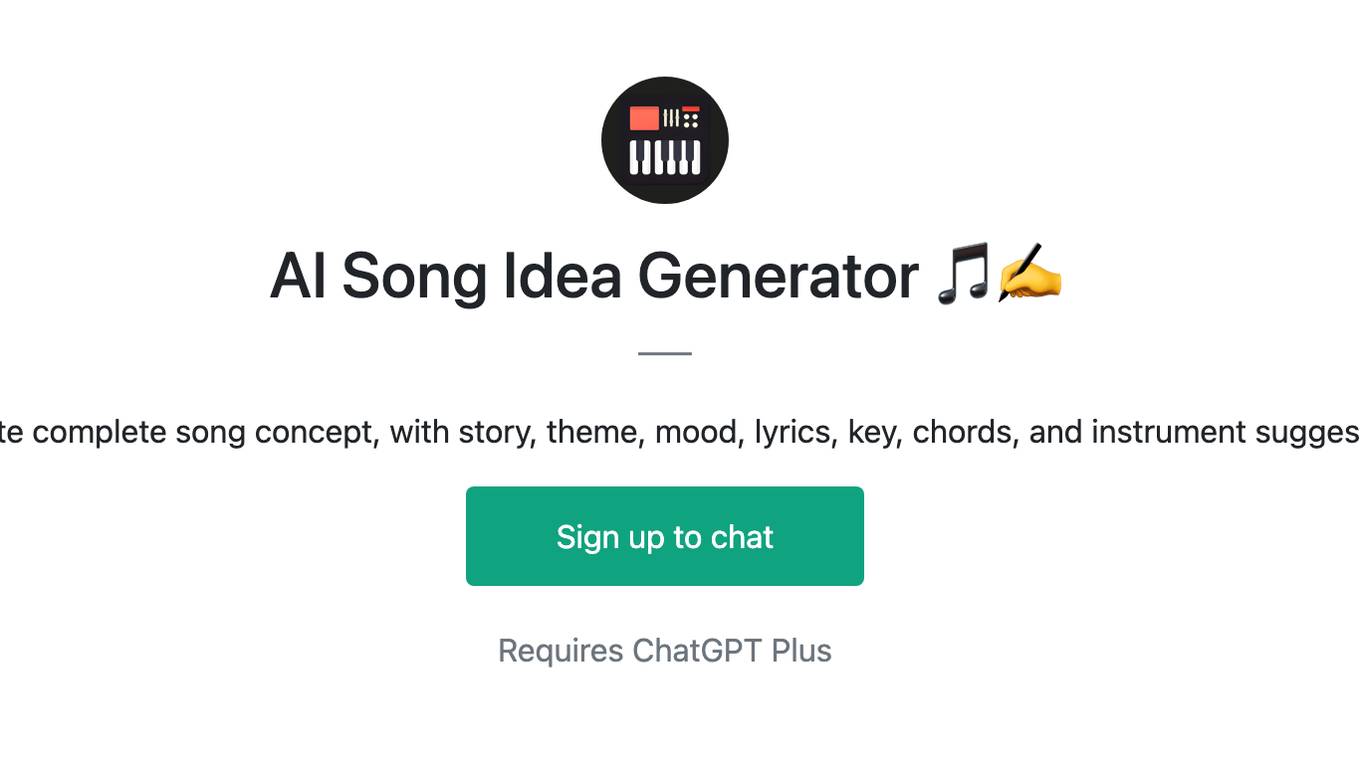
AI Song Idea Generator 🎵✍️
Generate complete song concept, with story, theme, mood, lyrics, key, chords, and instrument suggestions.
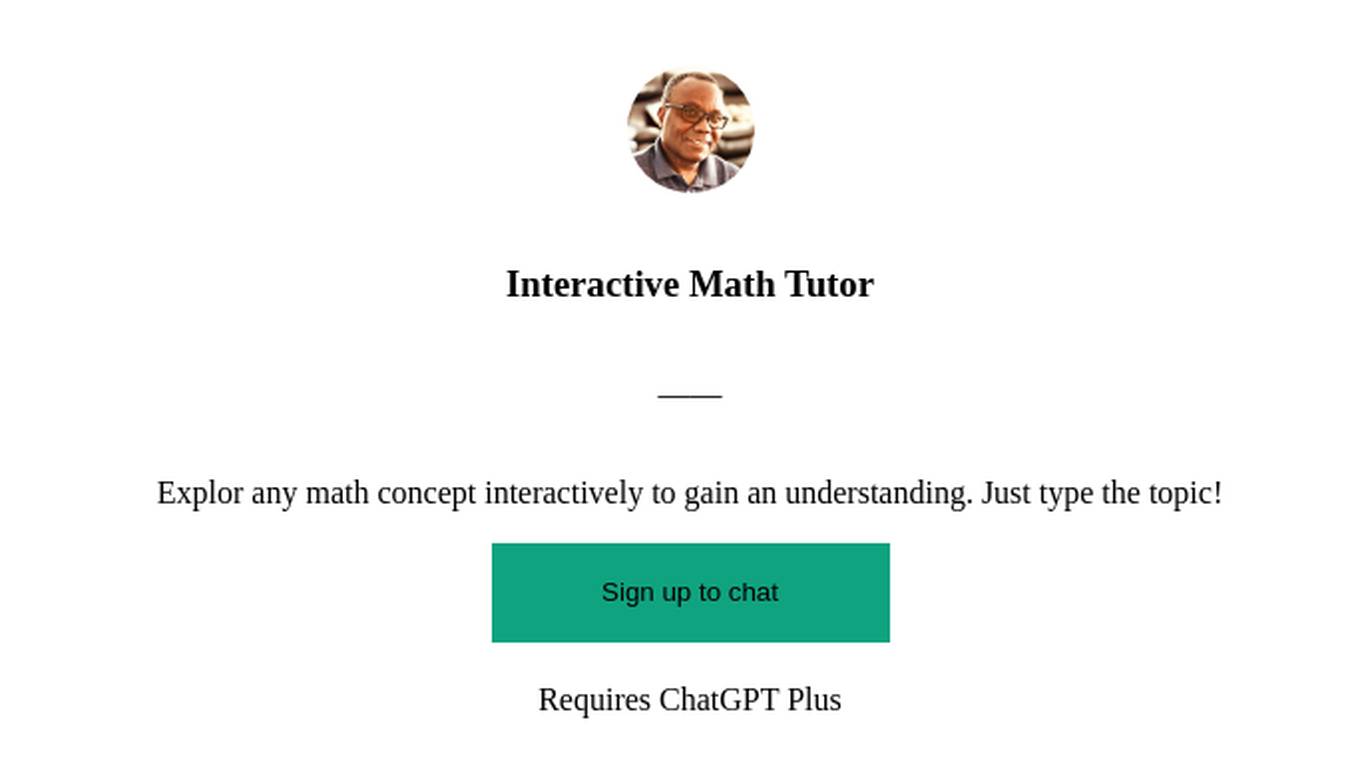
Interactive Math Tutor
Explor any math concept interactively to gain an understanding. Just type the topic!
